“Two new identities: Mother and Motherless.
The collision of birth and death marks the inception of what became a long-running commentary, nearly a decade in the making.
In-Passing began in 2015, the year Lisa became a mother to her first child, shortly followed by the loss of her mother to illness.
At first, the creation of images served as both a determined witness to a new reality and a therapeutic outlet for her grief and awe.
The images are saturated with the profound metamorphosis that accompanies motherhood, representing the corporeal and psychological shifts that redefine the self. Reminiscent of the adolescent journey, this evolution of identity navigates a liminal space where the maternal self simultaneously vanishes and is reborn—a quiet reinvention at the threshold of both loss and renewal.
In its most apparent form, it is a visceral account of the chaos and intimacy within the familial space during her children’s formative years. Each image speaks to the complexities, intimacy, and emotional landscapes of the mother-child universe.
Beyond this, there lies the pursuit of something more elusive—an intangible force that lingers at the periphery of memory and consciousness. It is the unspoken weight of motherhood, shaping each experience in ways that are deeply felt but not always easily understood.”
The collision of birth and death marks the inception of what became a long-running commentary, nearly a decade in the making.
In-Passing began in 2015, the year Lisa became a mother to her first child, shortly followed by the loss of her mother to illness.
At first, the creation of images served as both a determined witness to a new reality and a therapeutic outlet for her grief and awe.
The images are saturated with the profound metamorphosis that accompanies motherhood, representing the corporeal and psychological shifts that redefine the self. Reminiscent of the adolescent journey, this evolution of identity navigates a liminal space where the maternal self simultaneously vanishes and is reborn—a quiet reinvention at the threshold of both loss and renewal.
In its most apparent form, it is a visceral account of the chaos and intimacy within the familial space during her children’s formative years. Each image speaks to the complexities, intimacy, and emotional landscapes of the mother-child universe.
Beyond this, there lies the pursuit of something more elusive—an intangible force that lingers at the periphery of memory and consciousness. It is the unspoken weight of motherhood, shaping each experience in ways that are deeply felt but not always easily understood.”


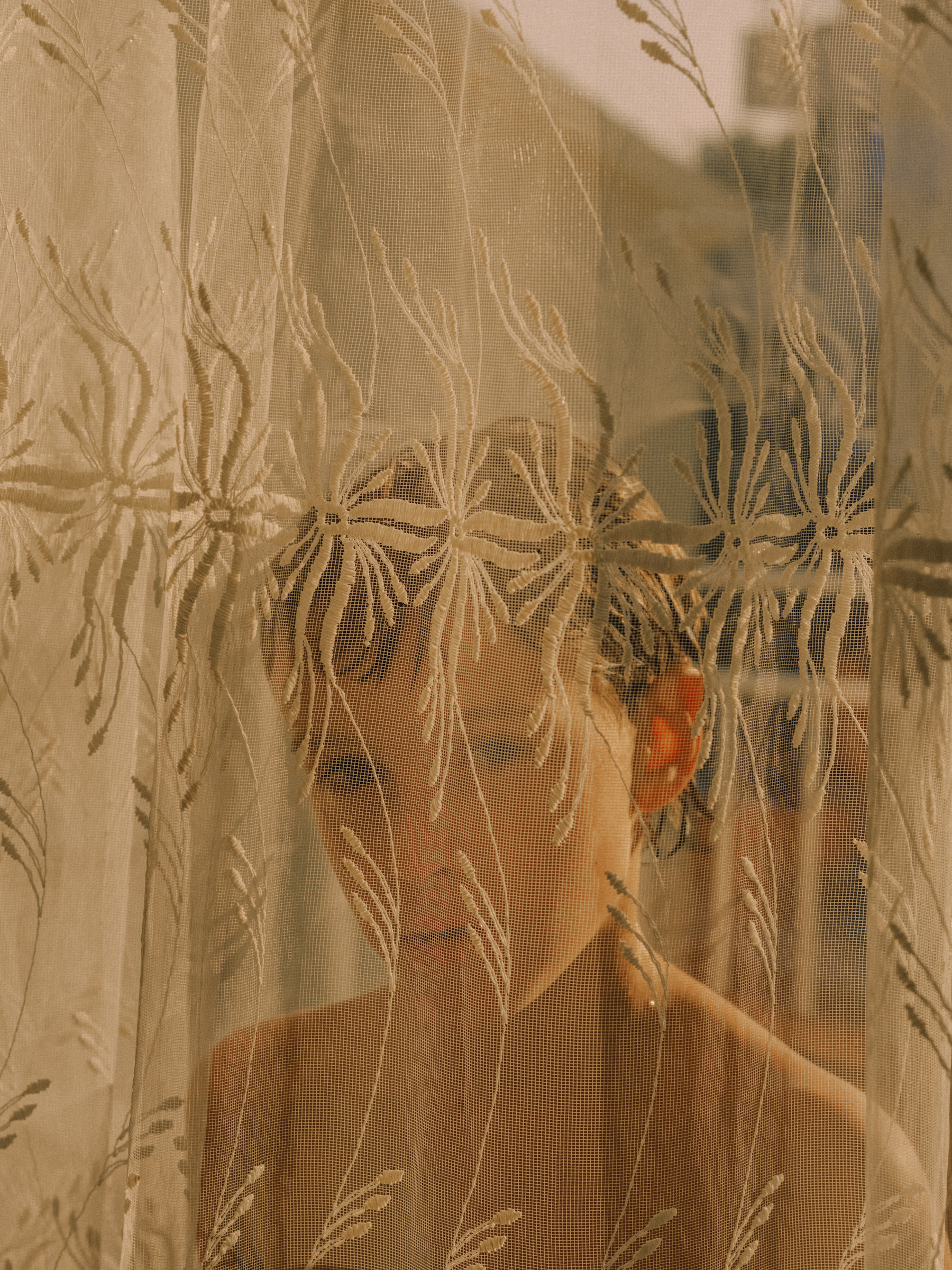


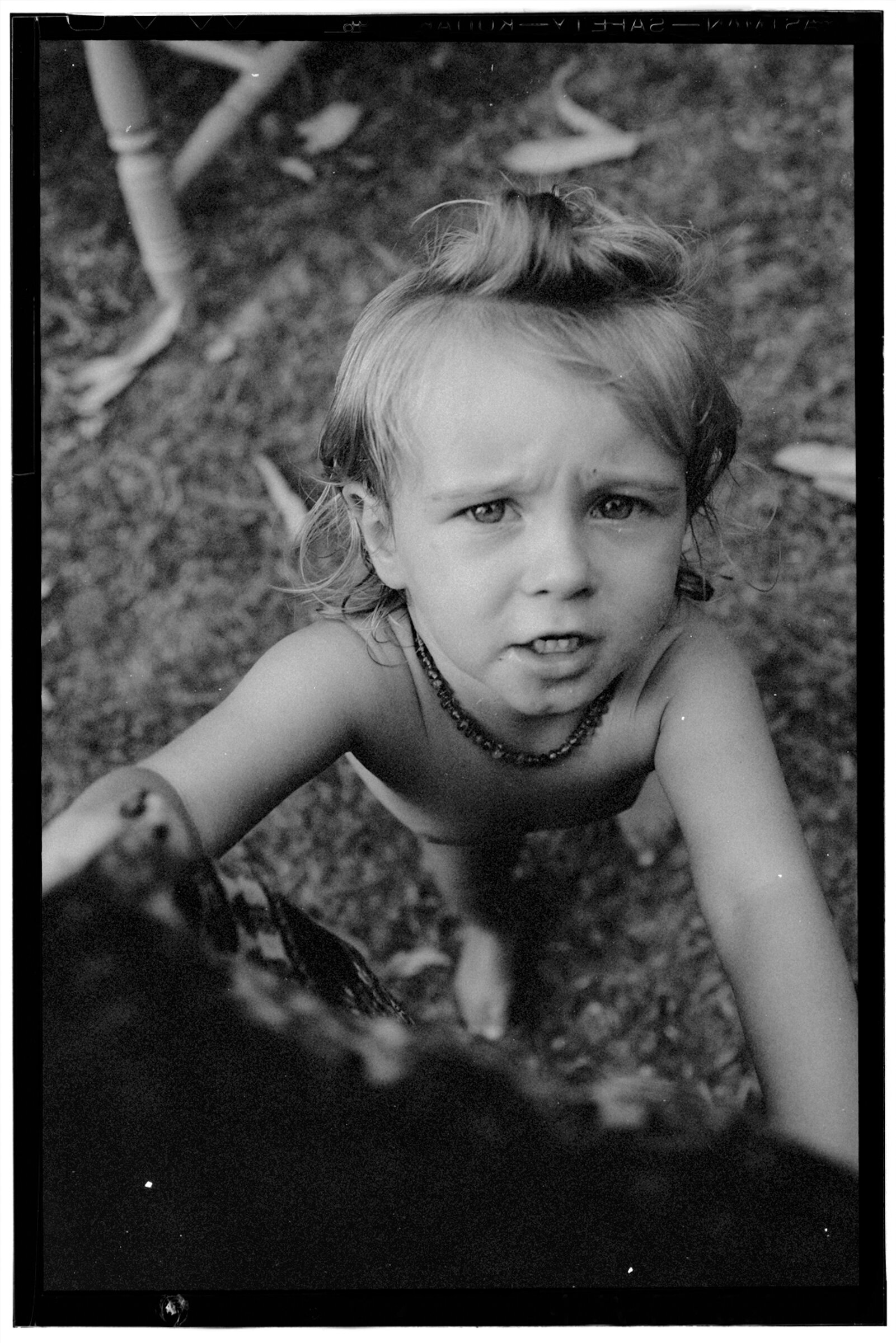


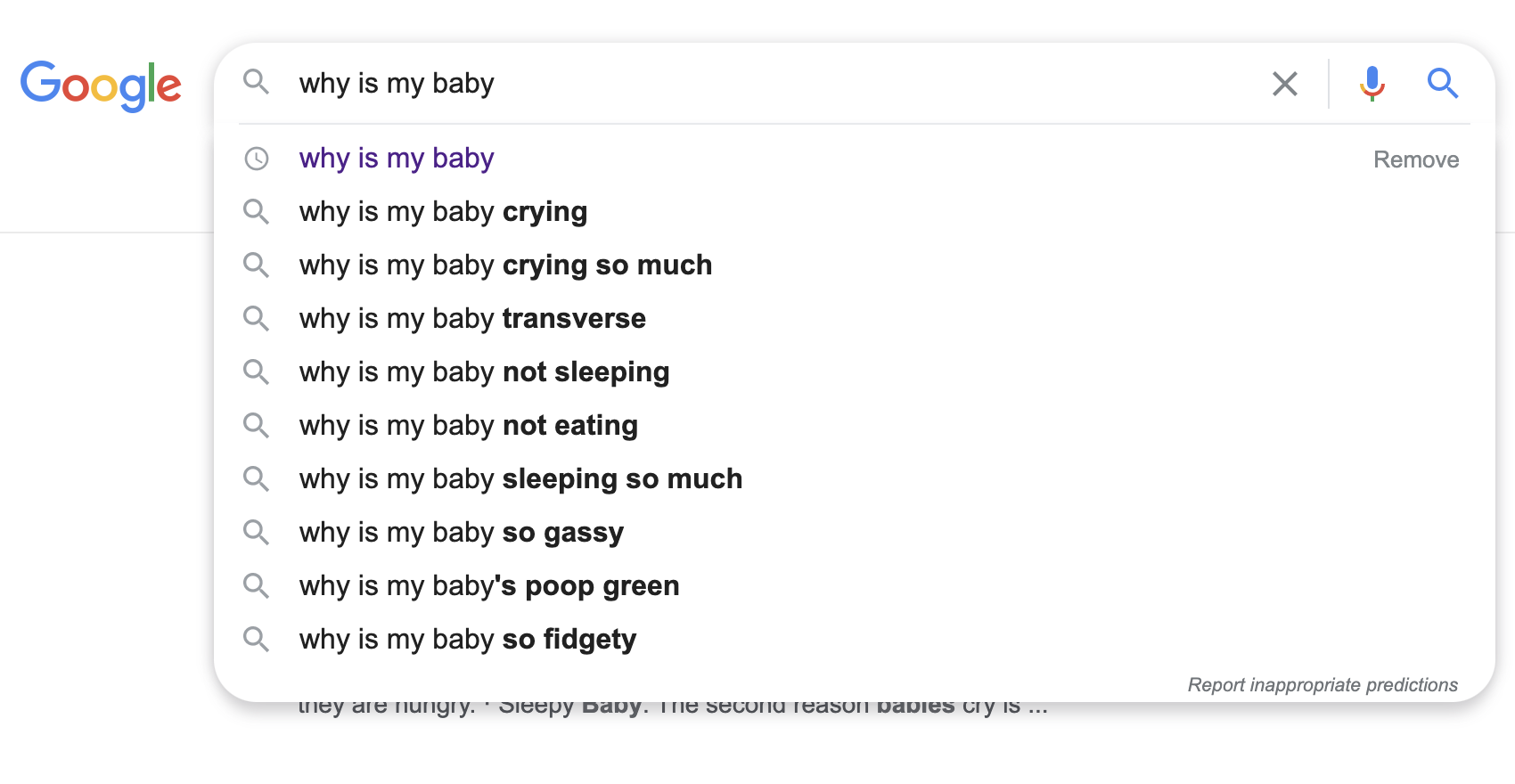
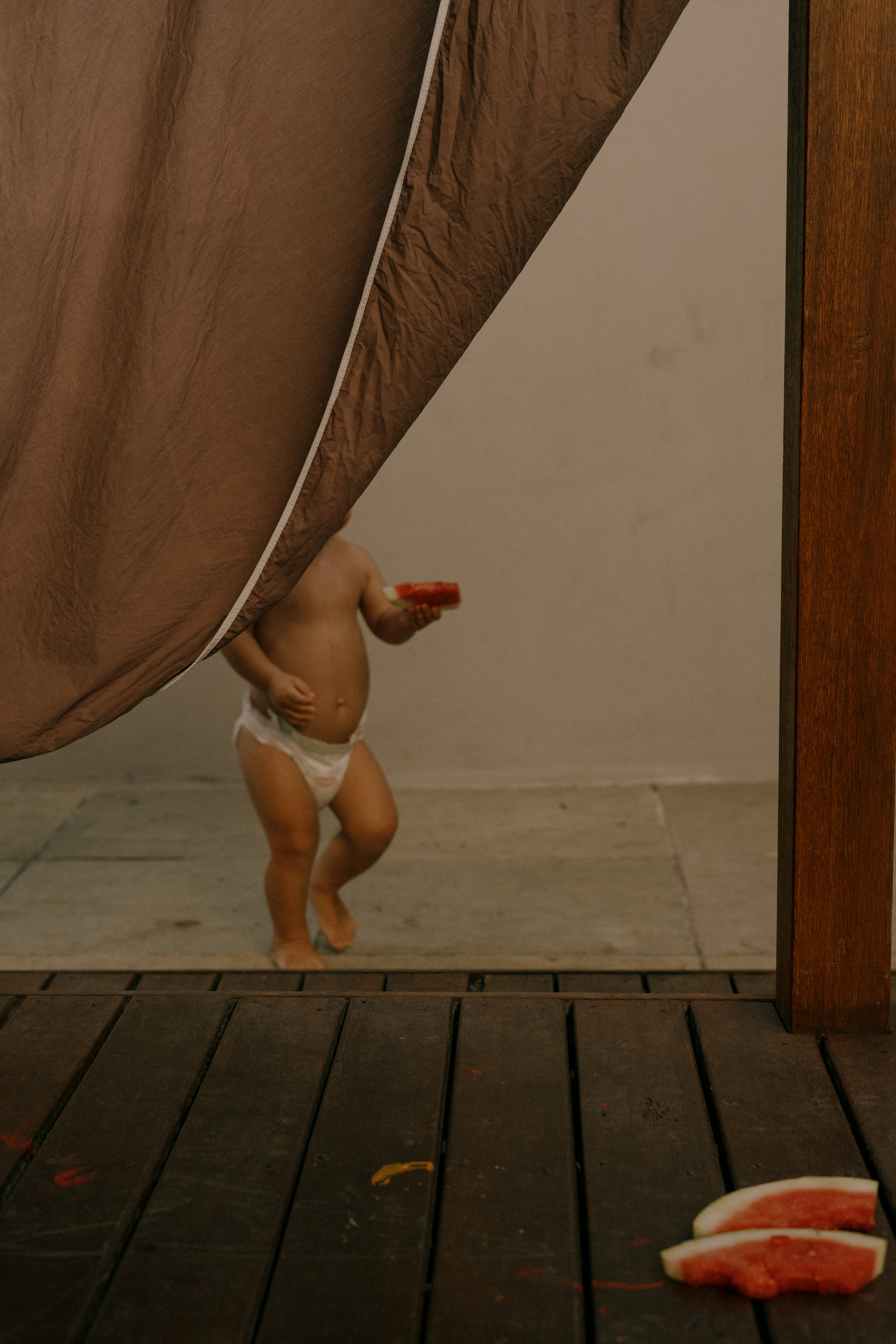










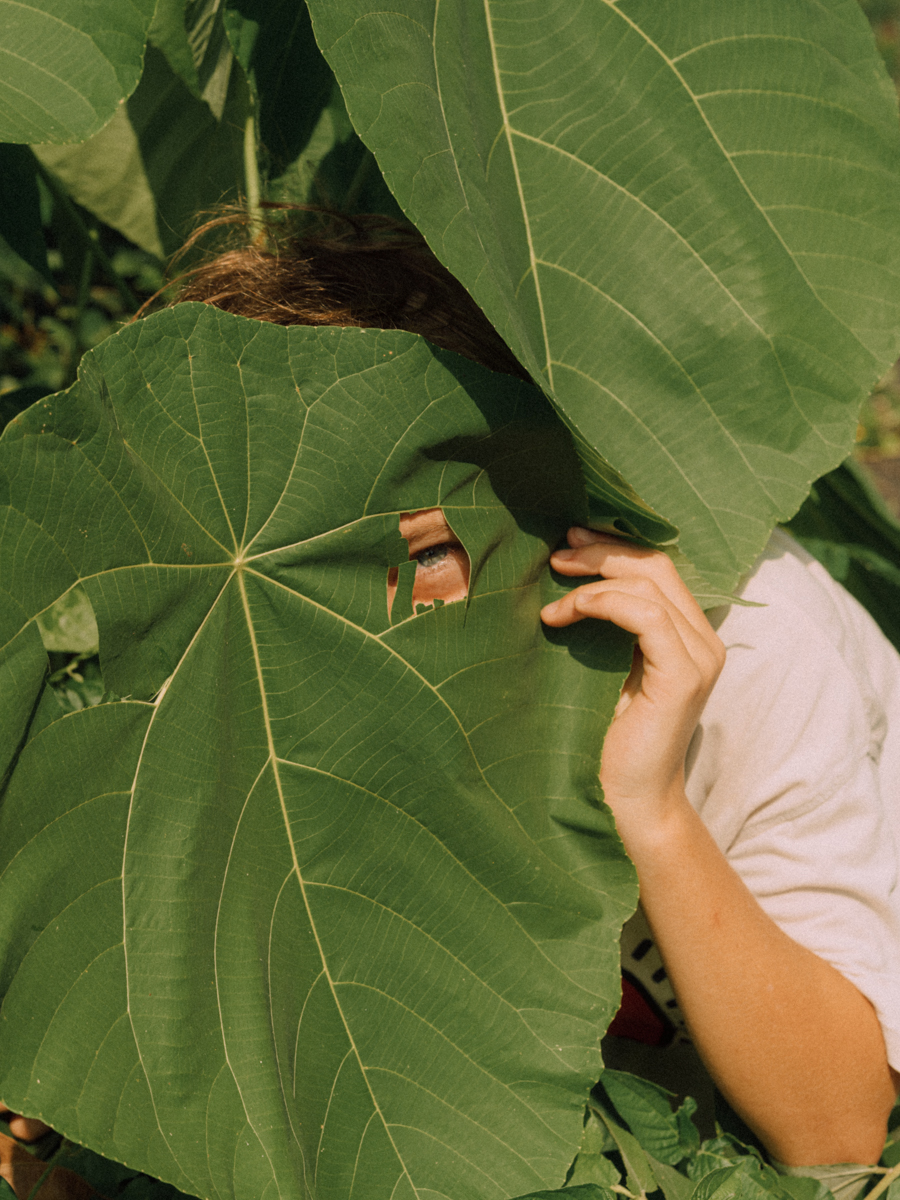

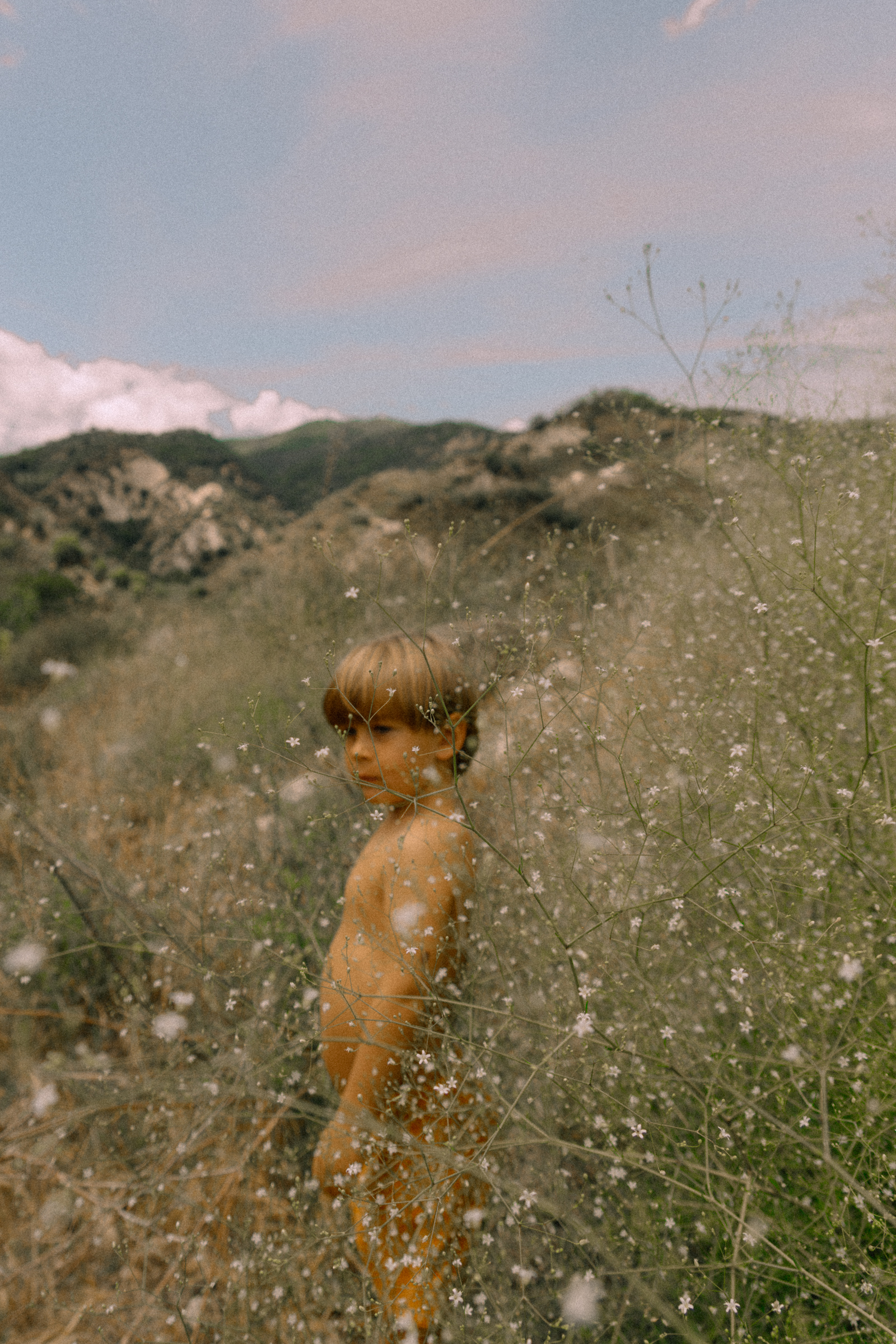


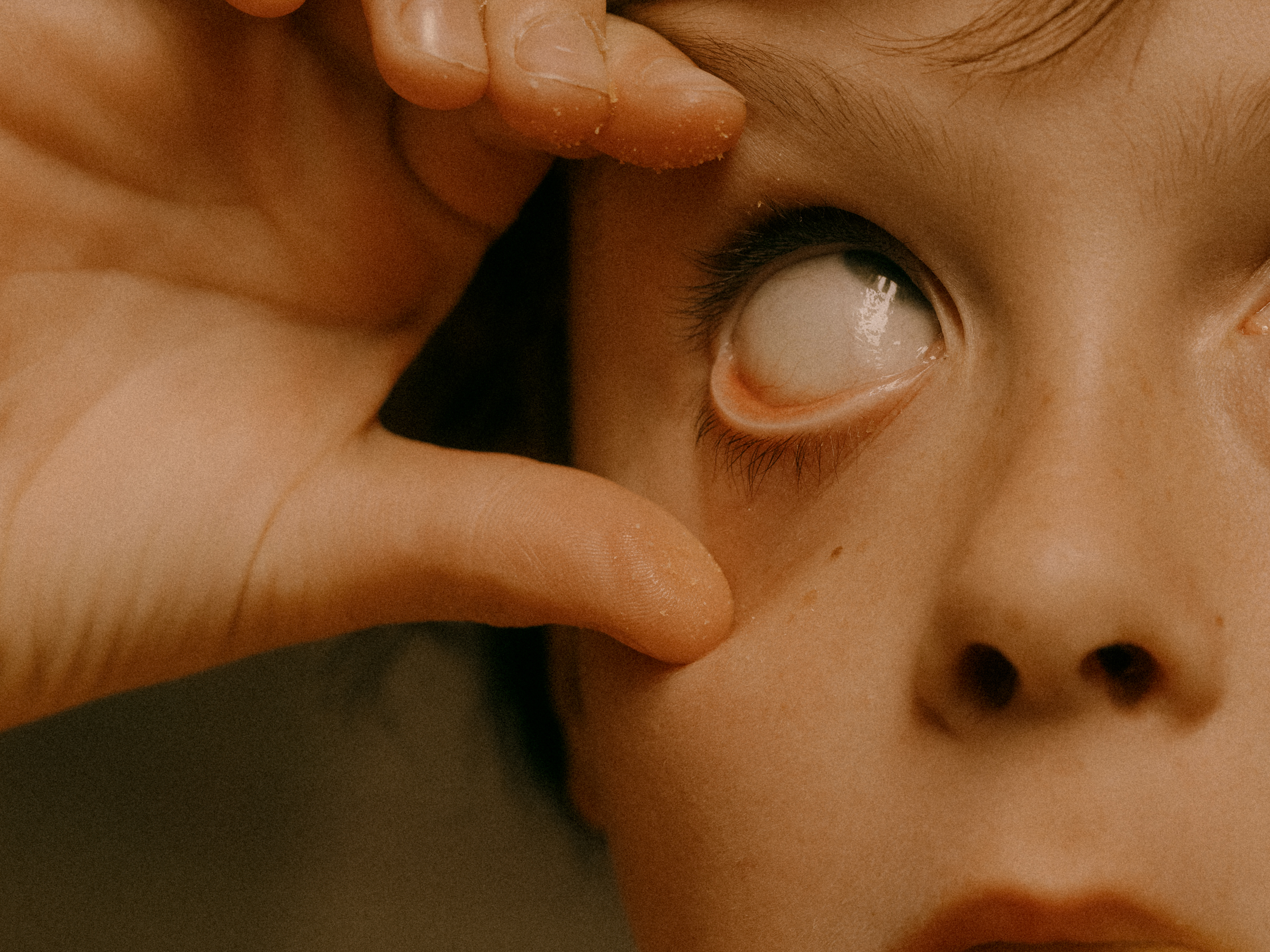


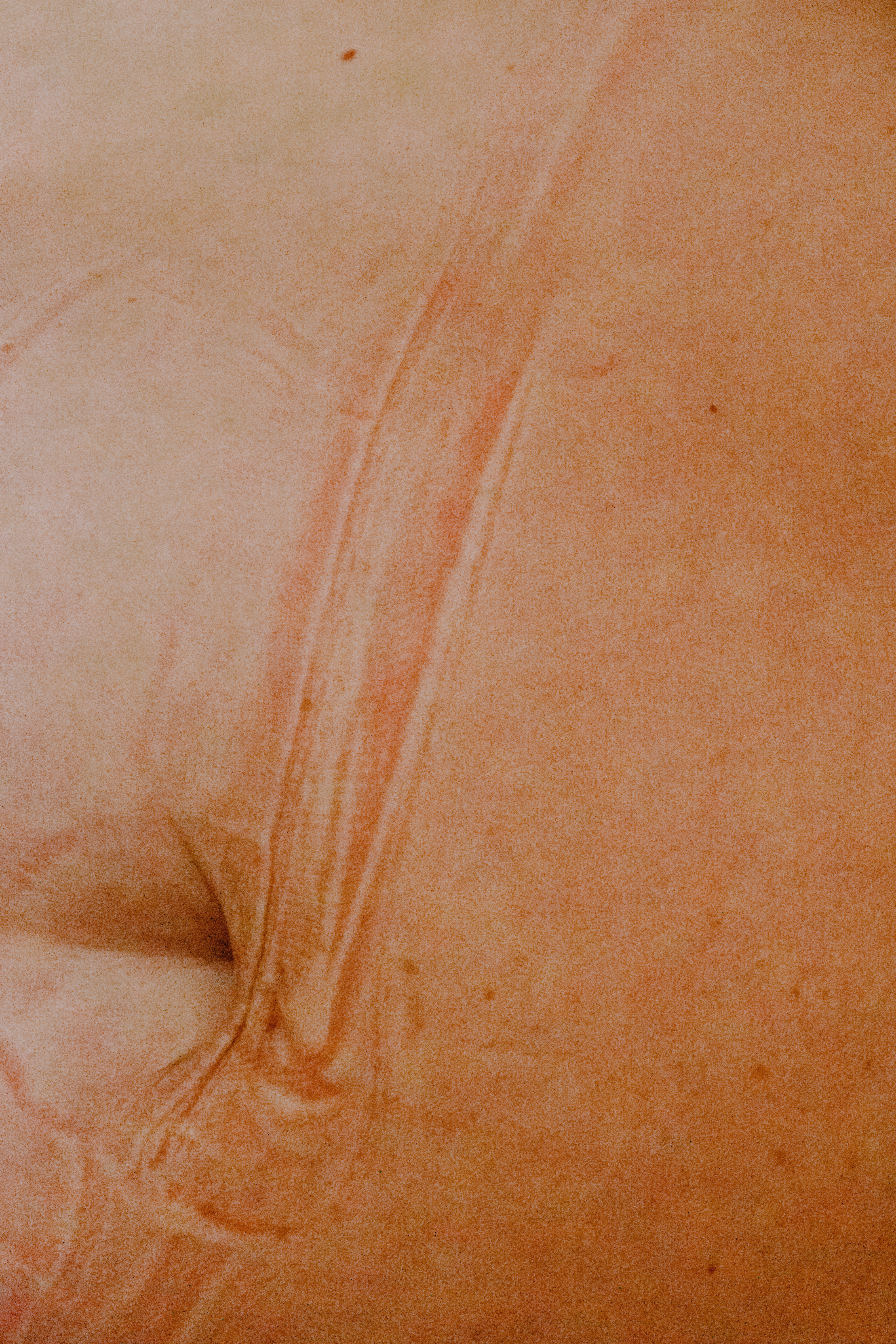


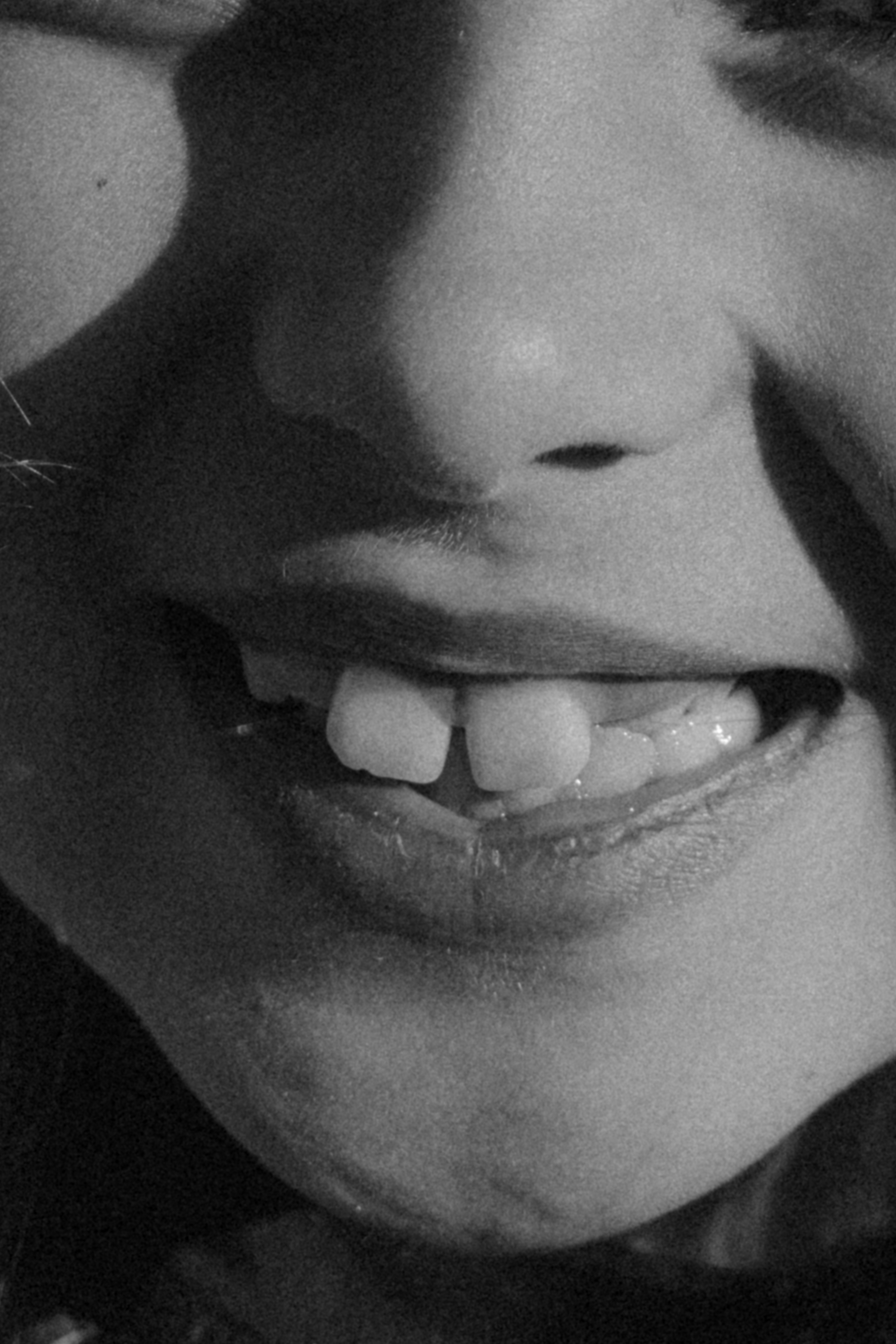

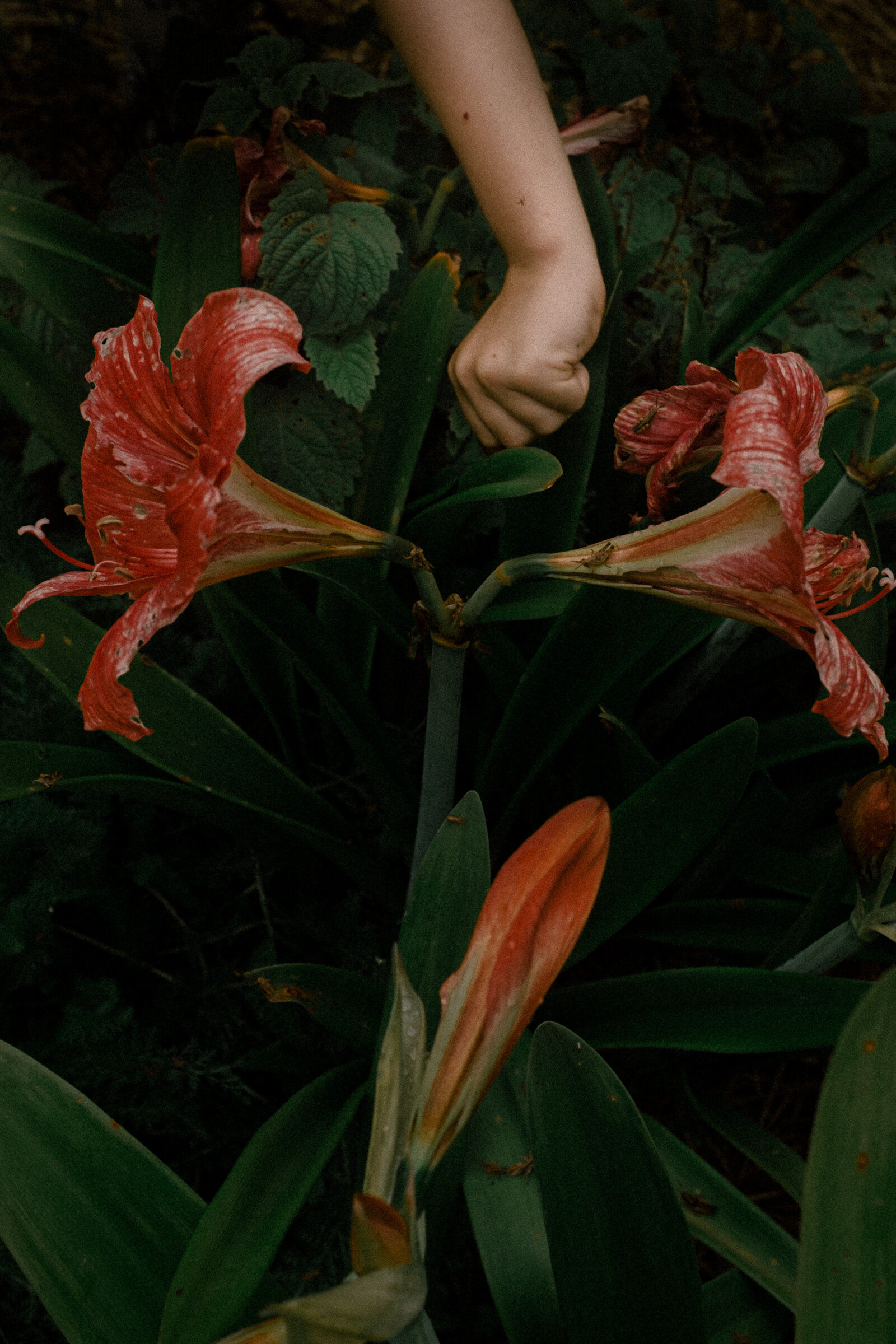
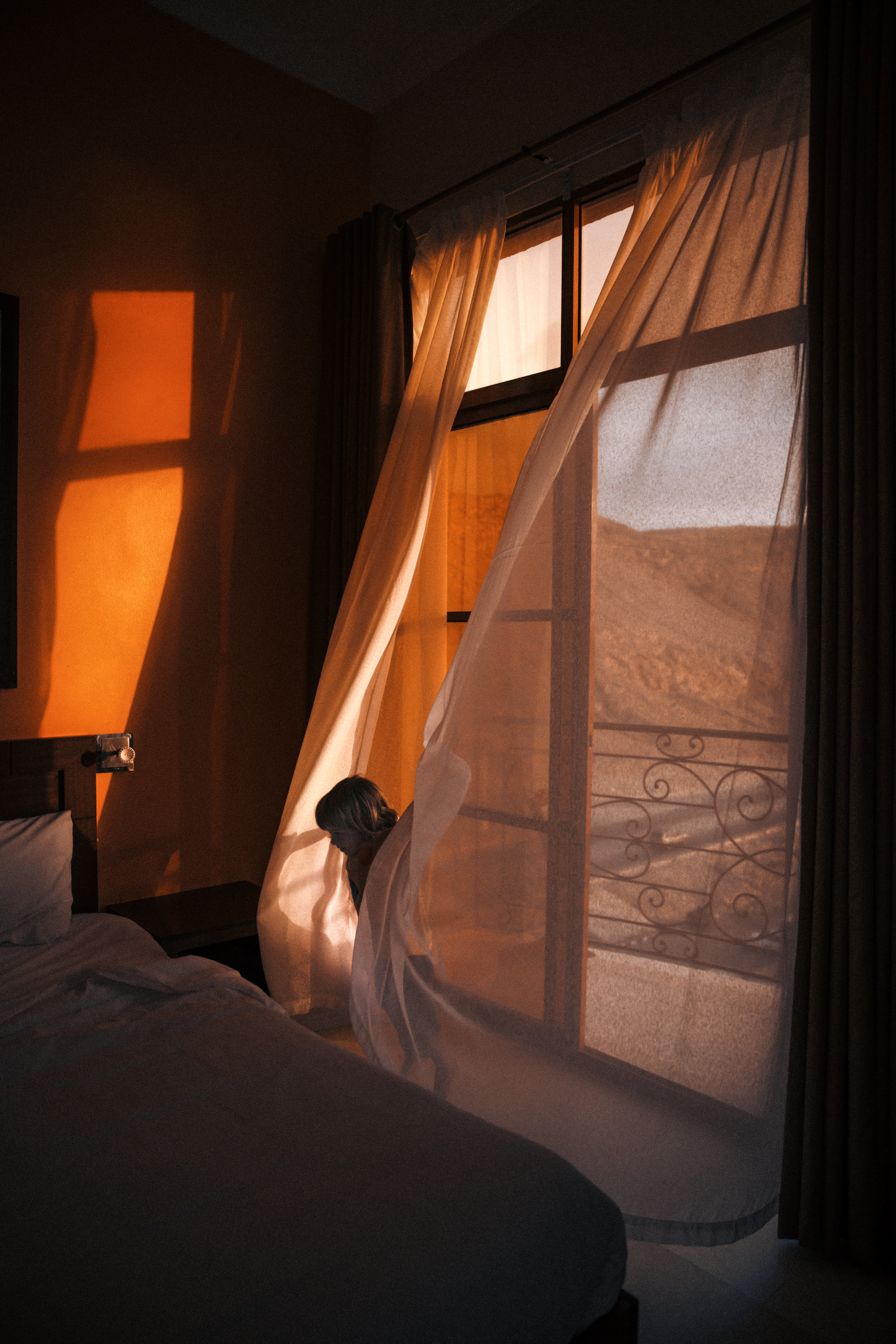
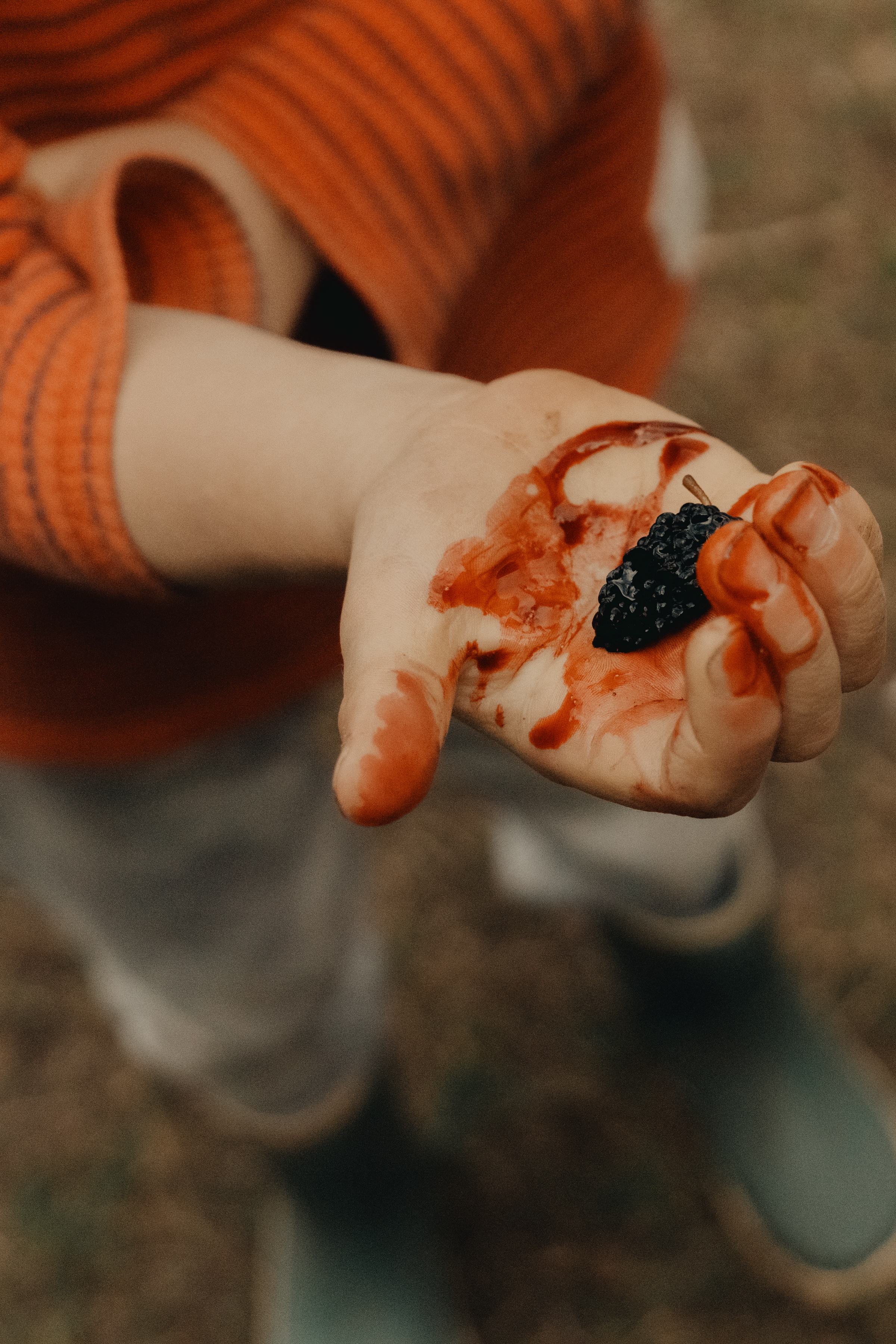



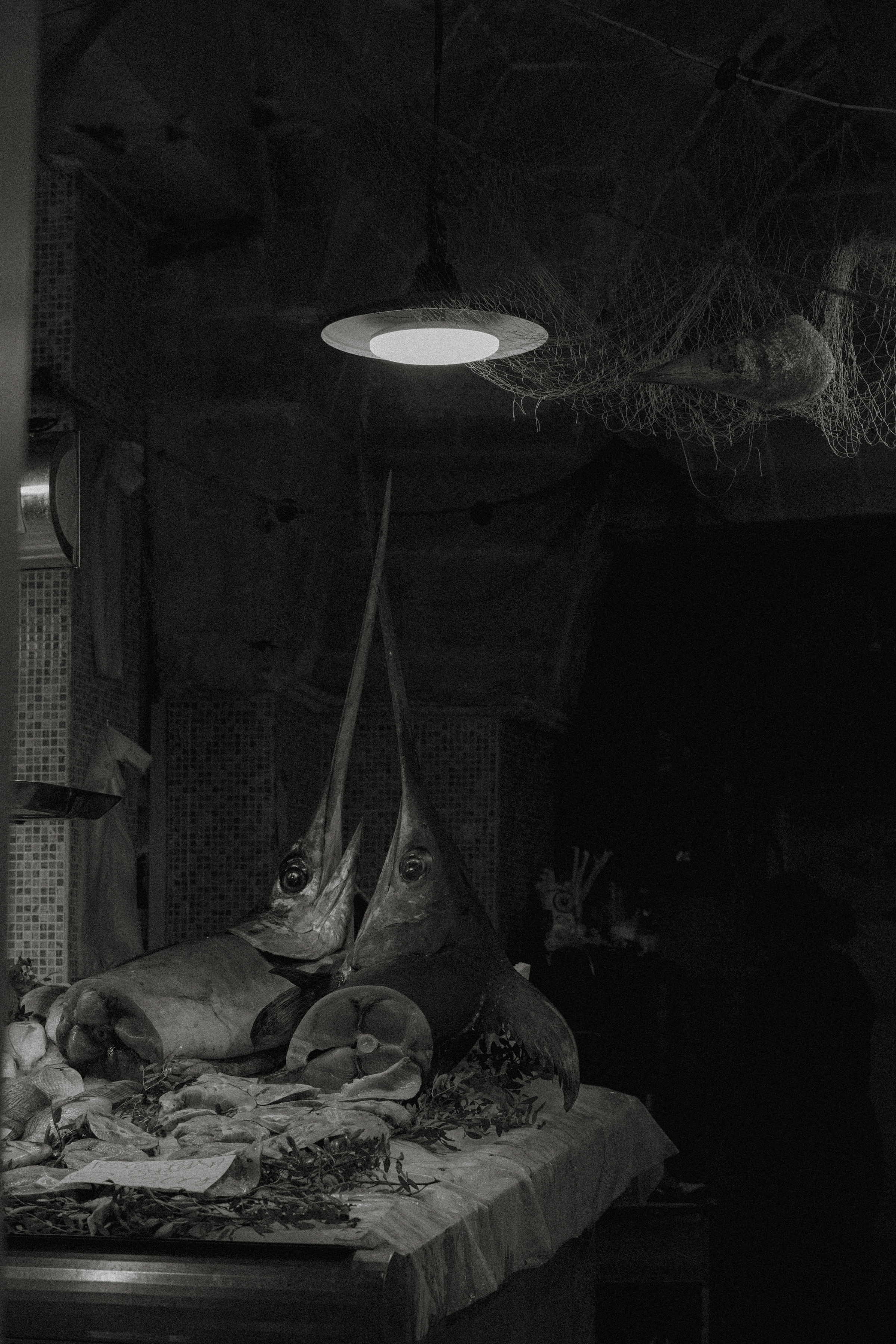
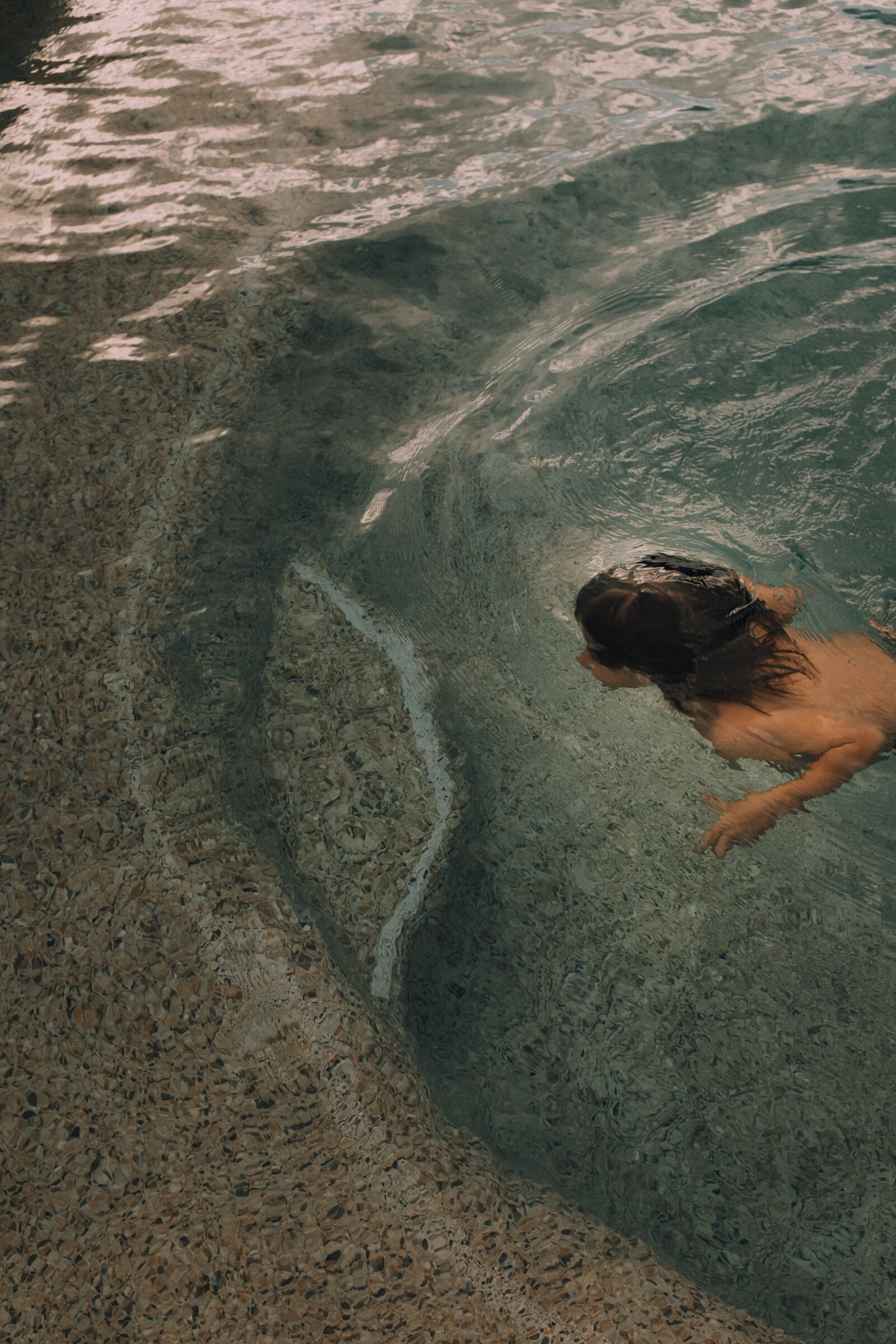
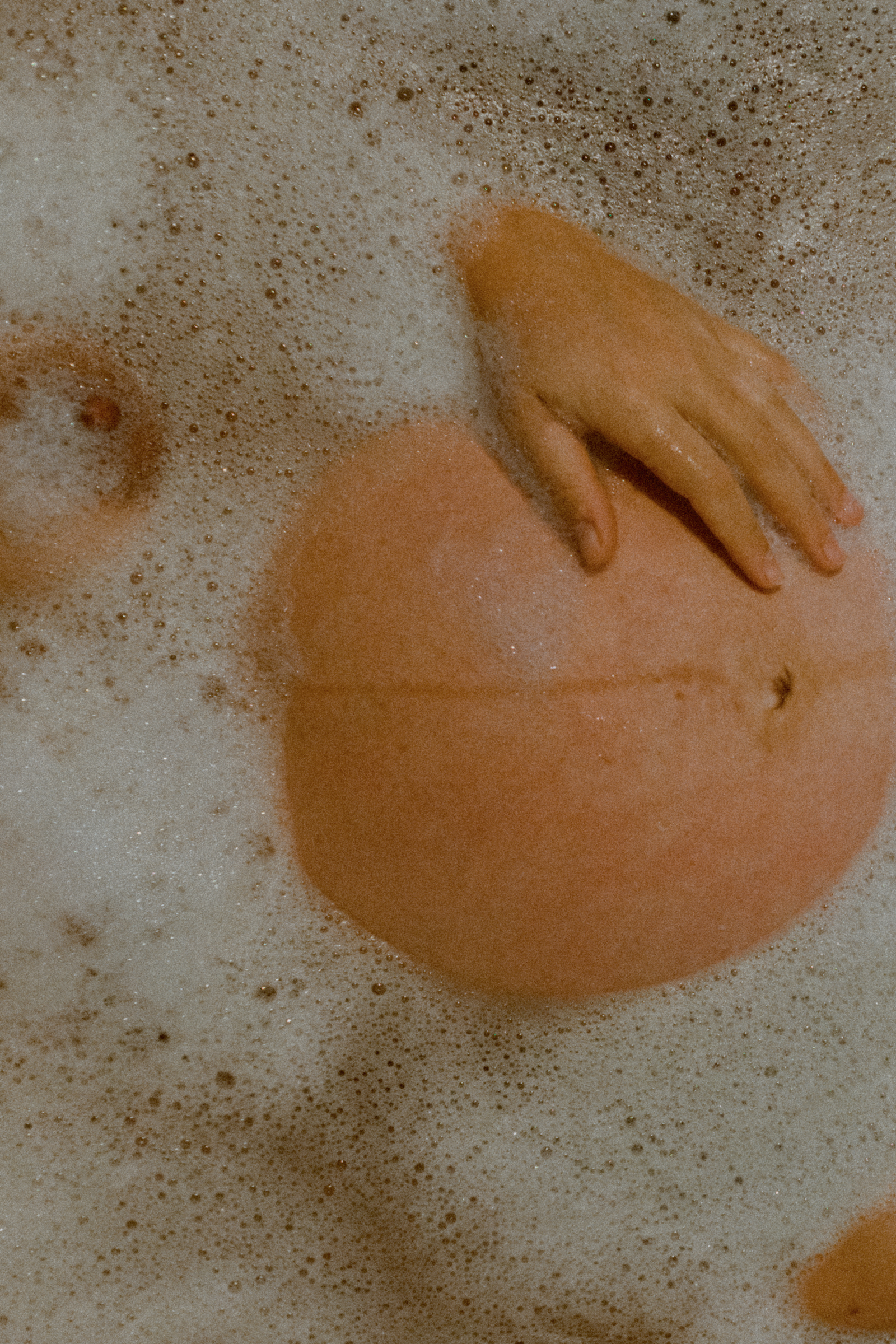

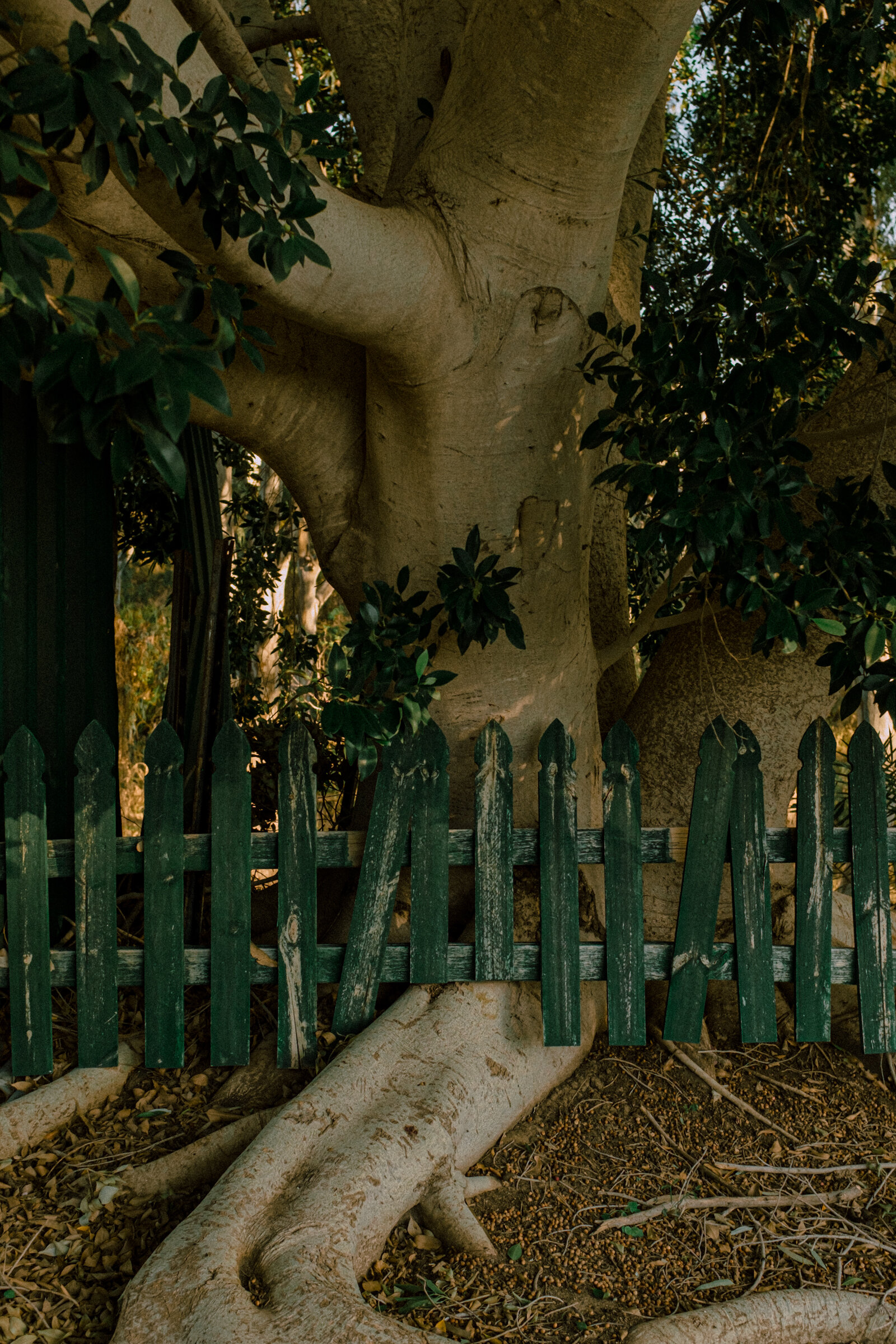
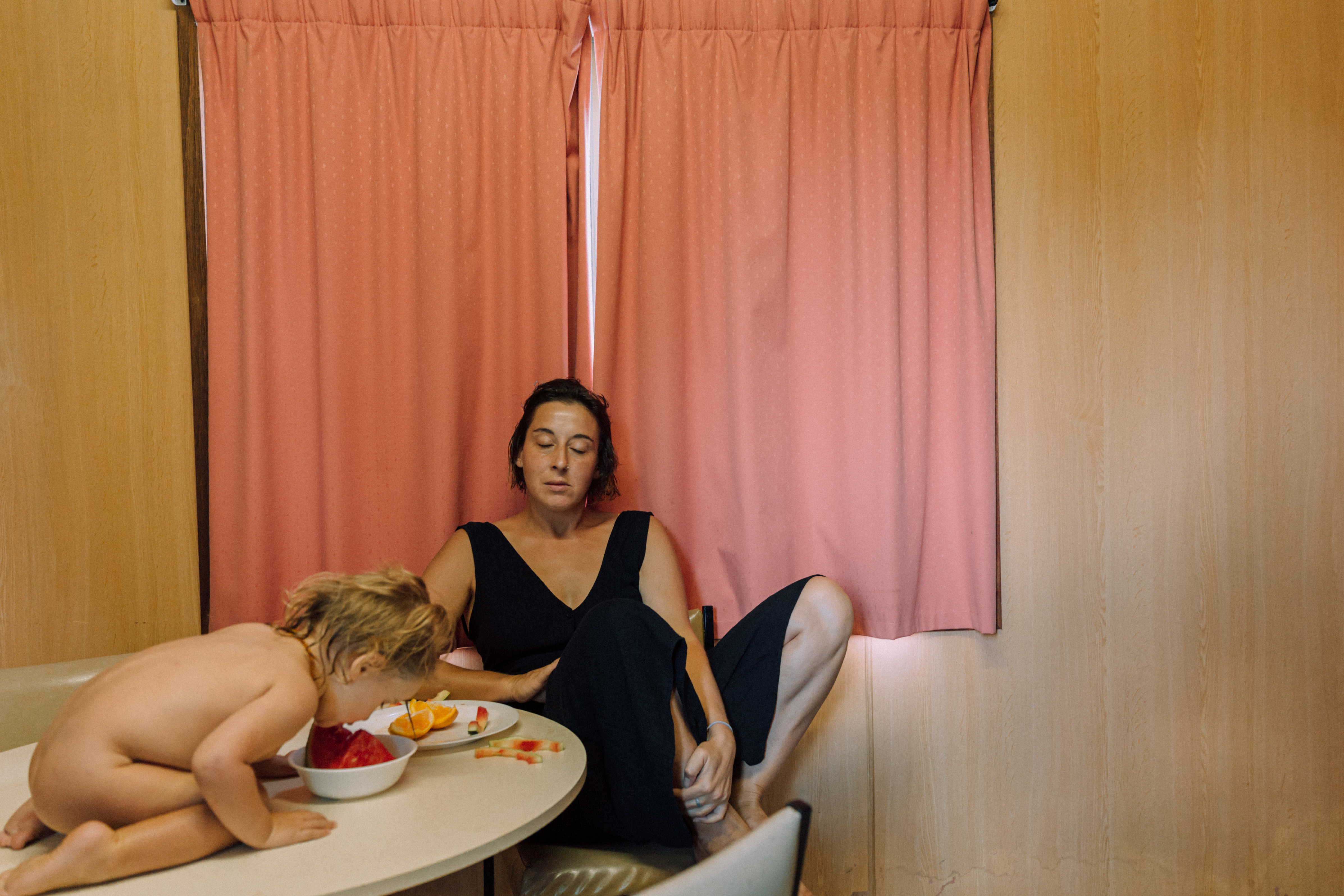

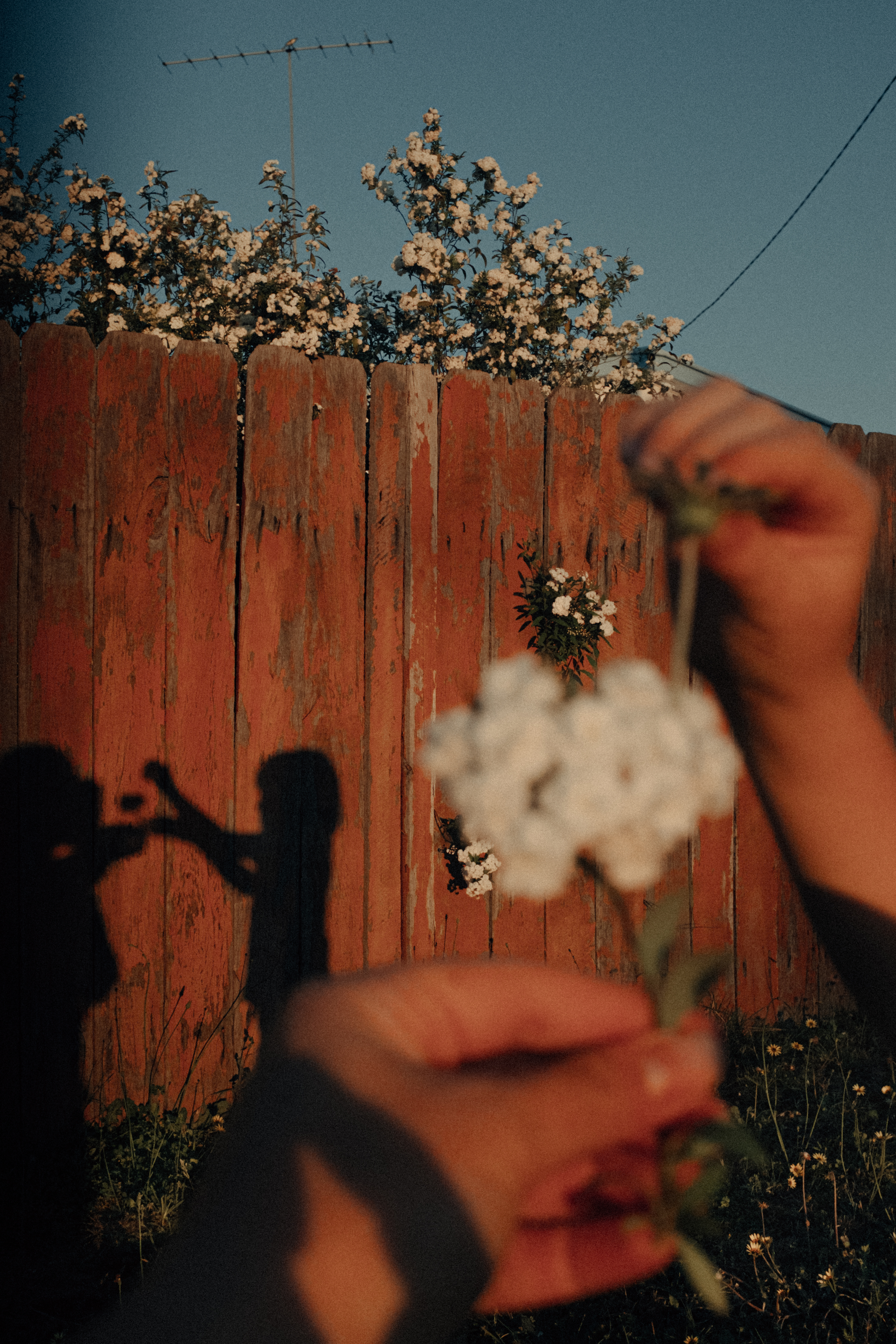
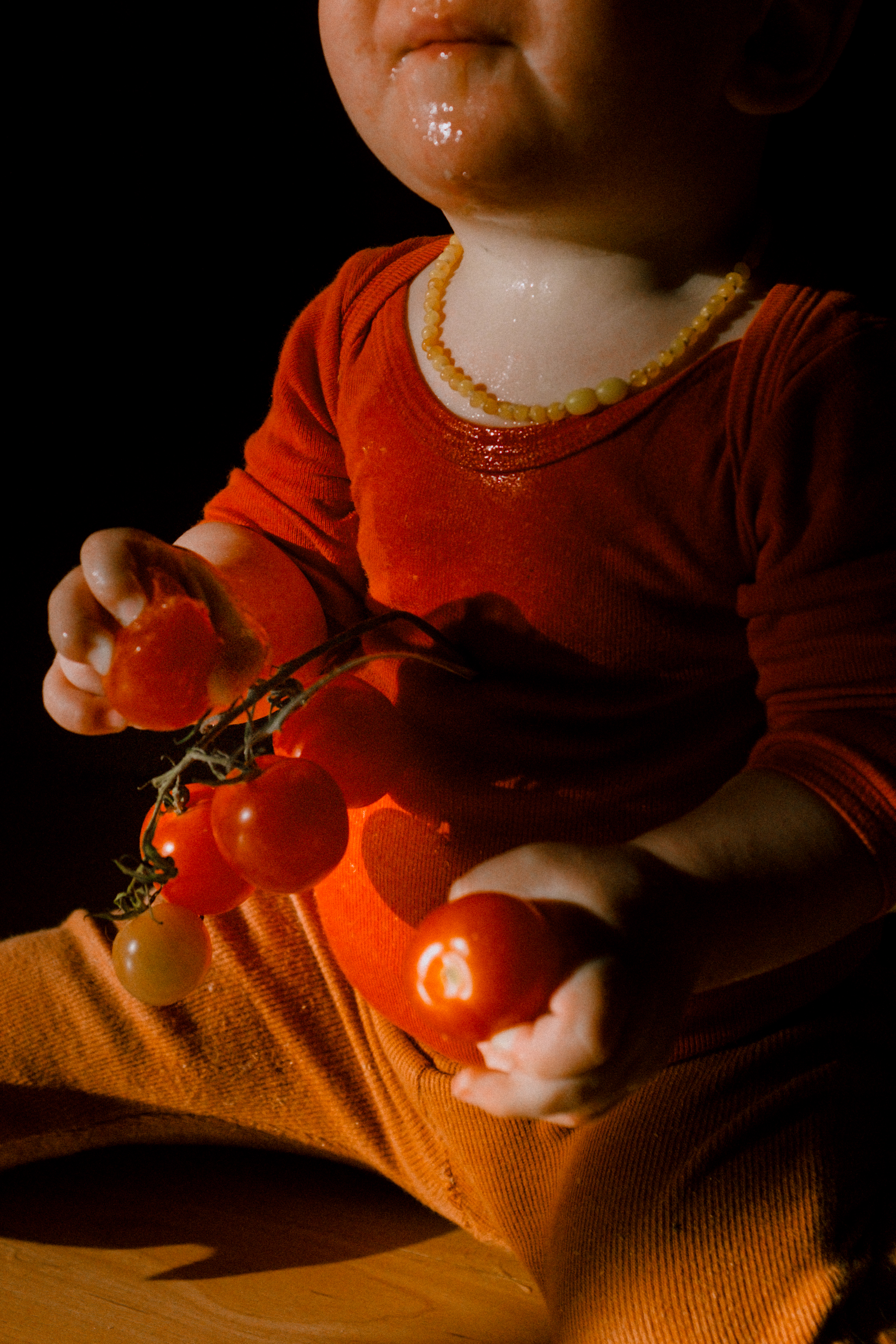


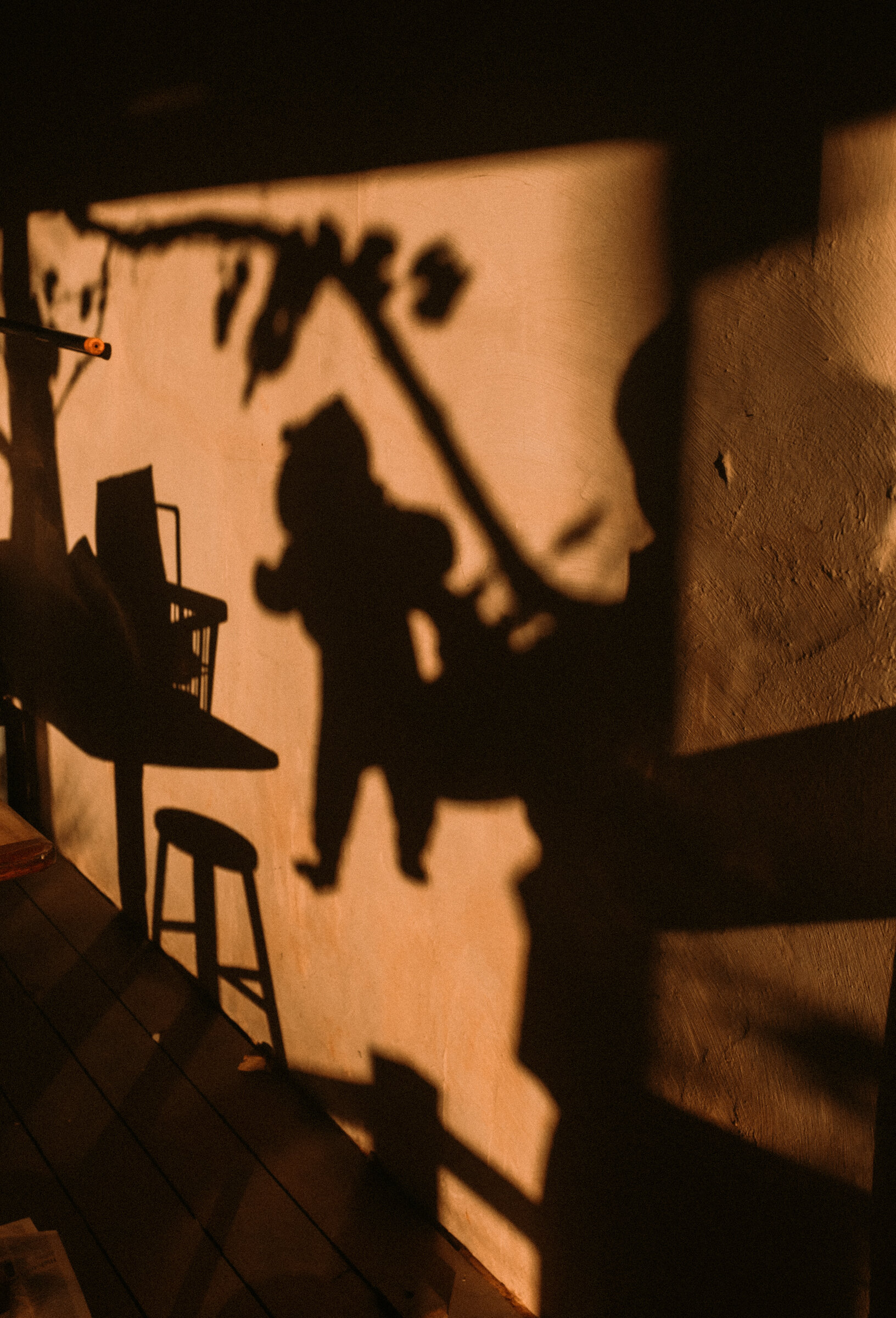
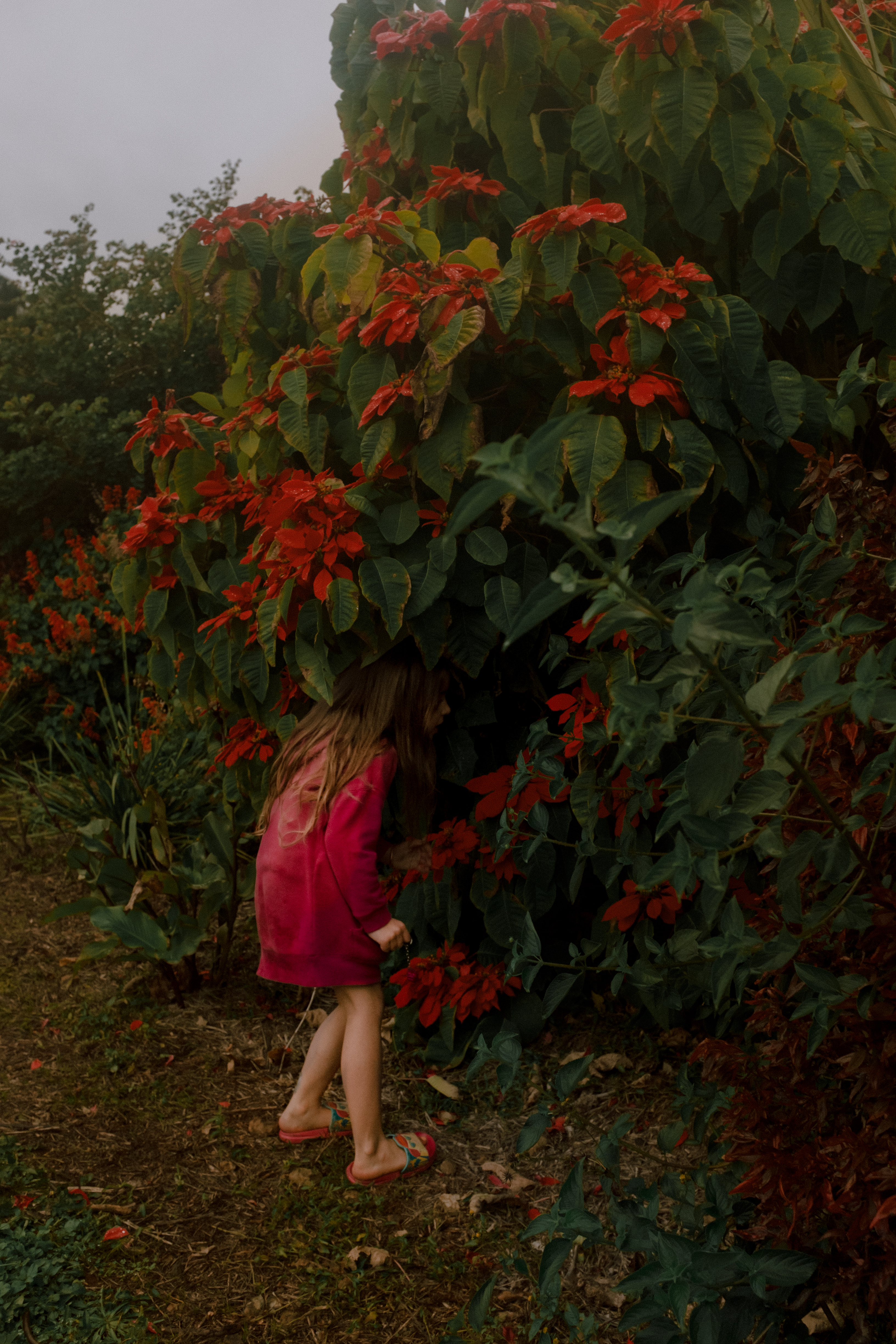


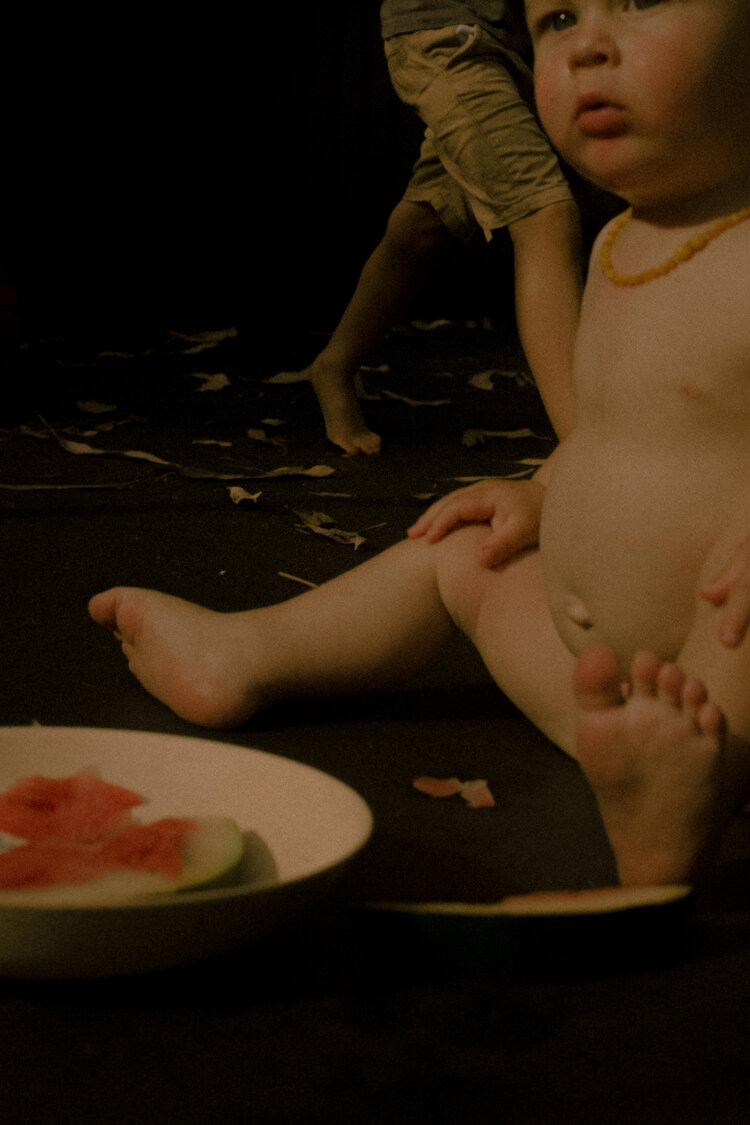
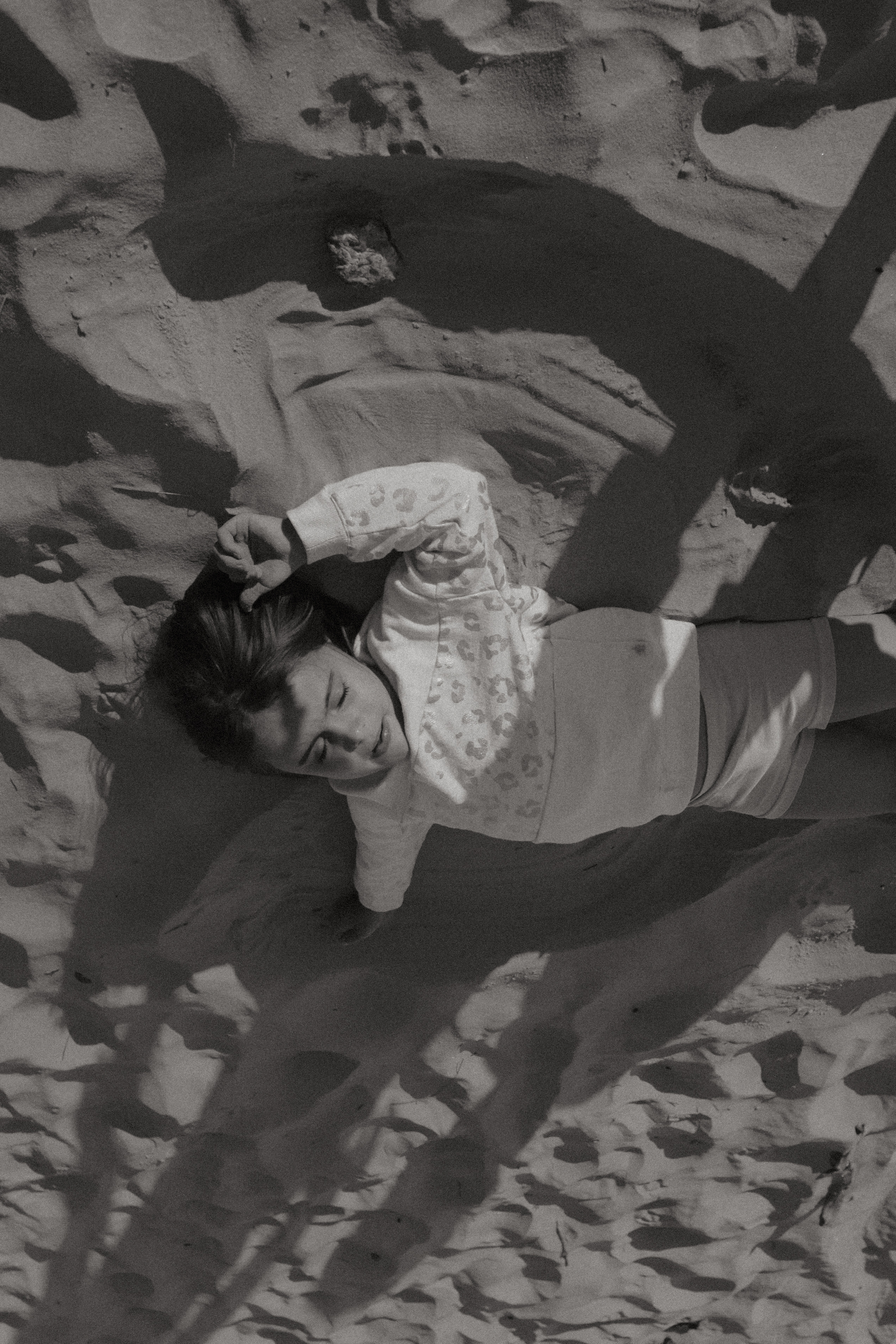
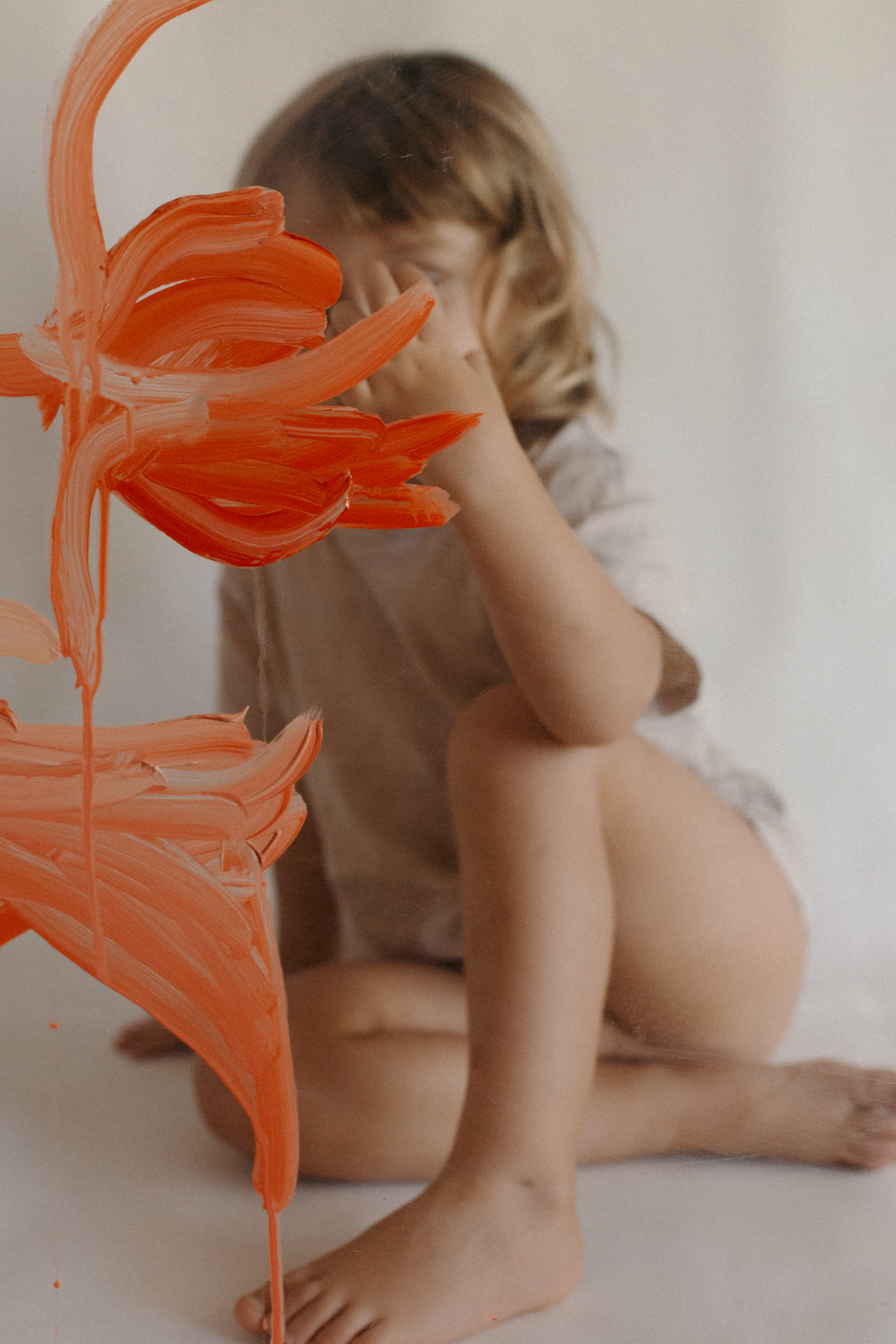




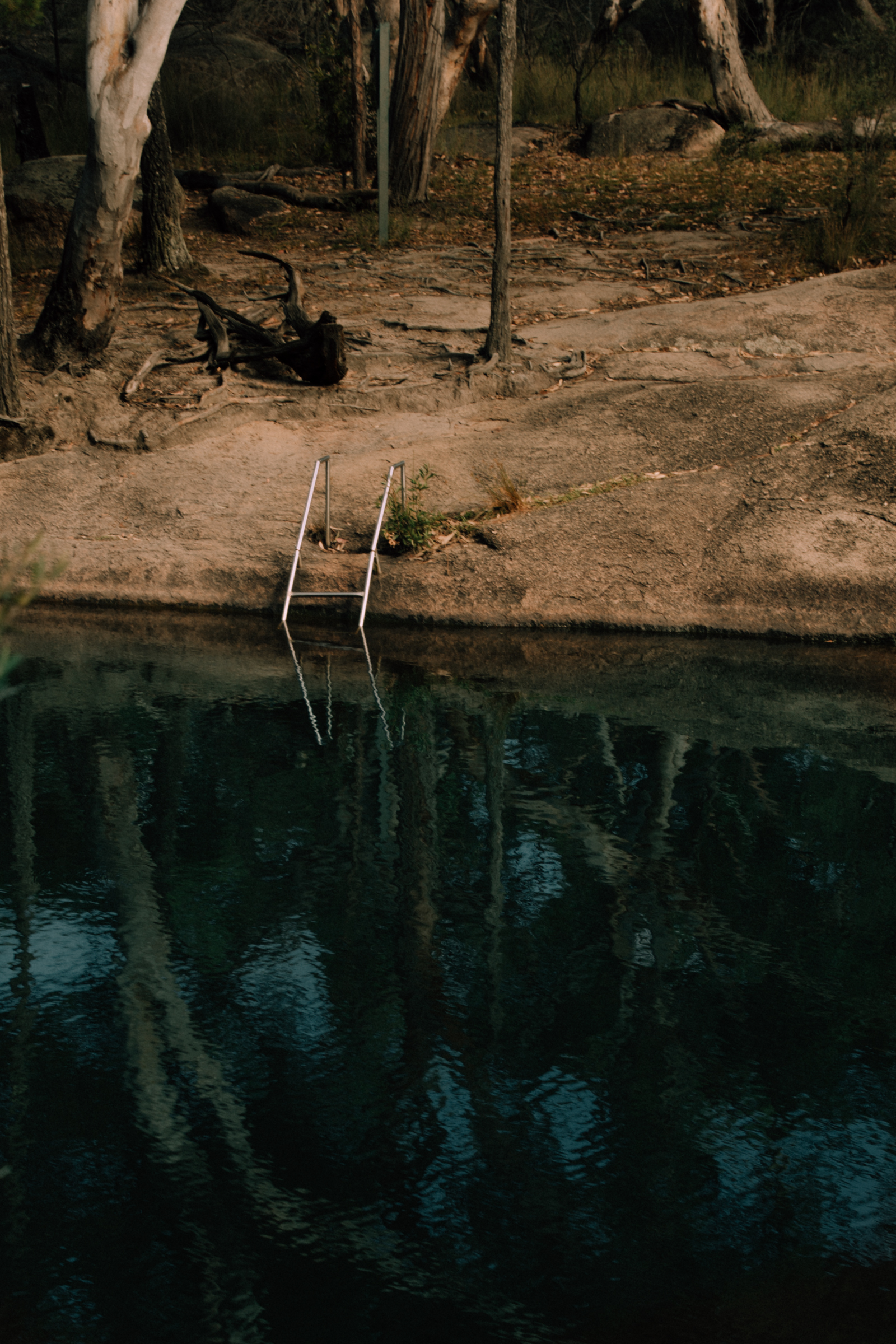
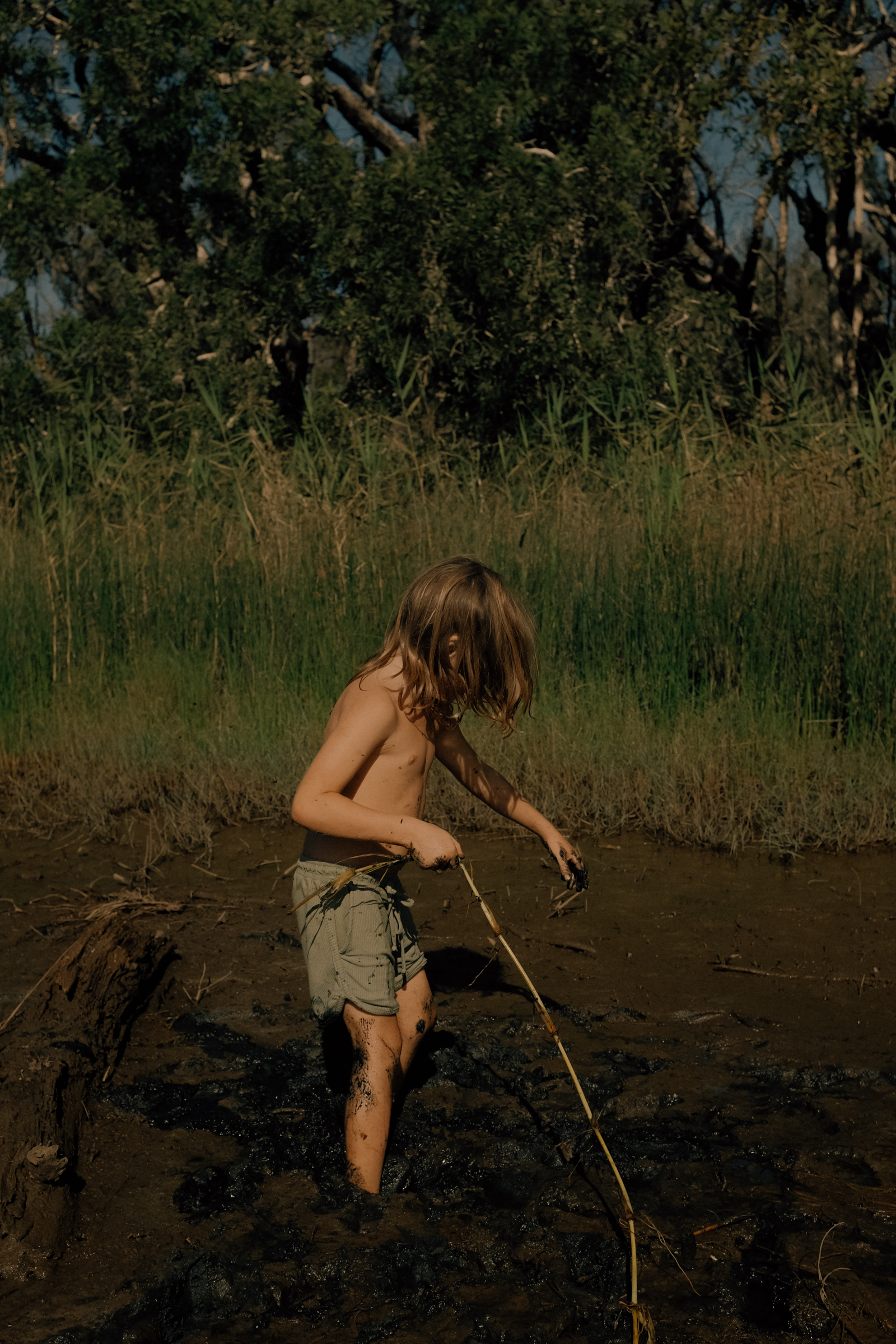






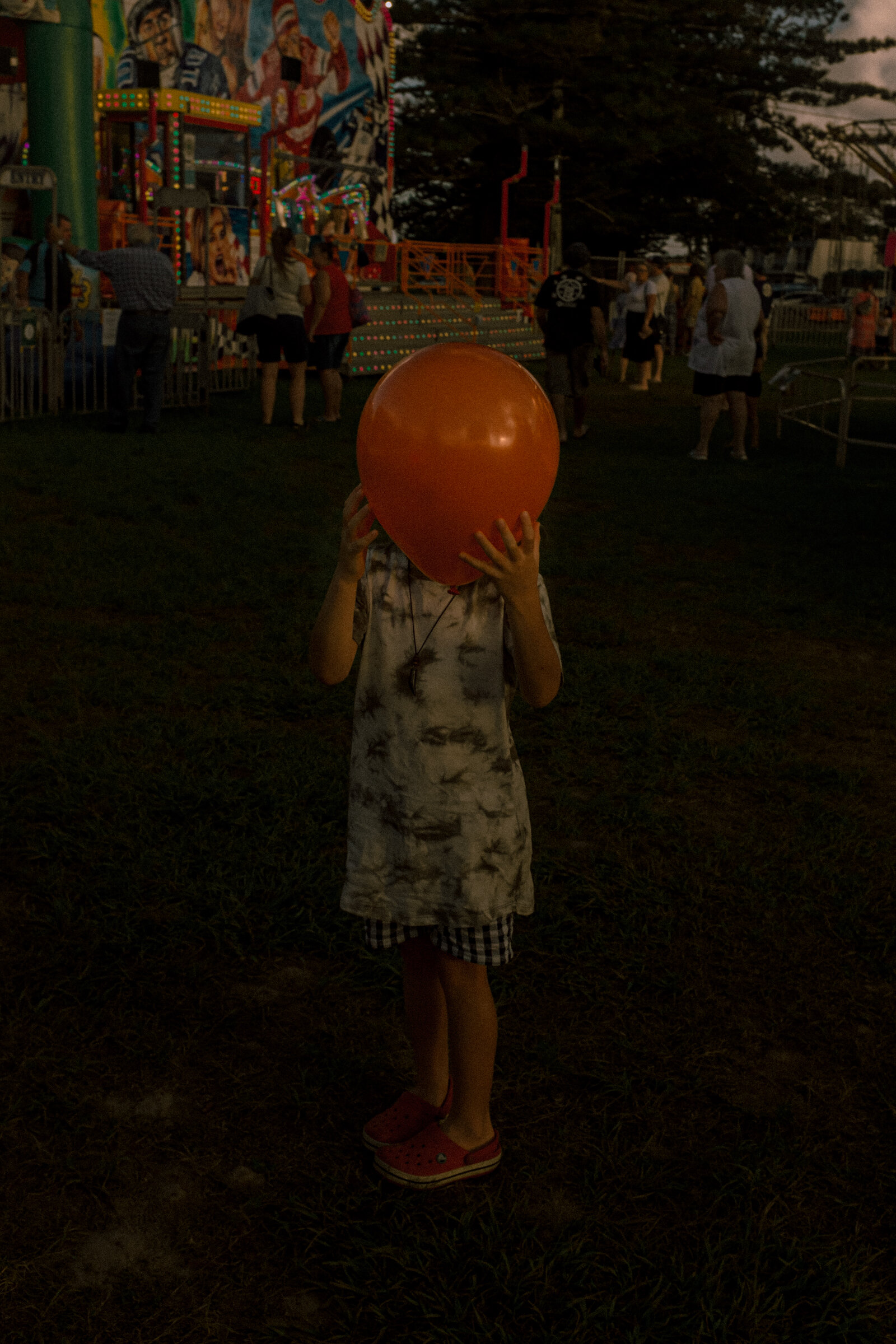
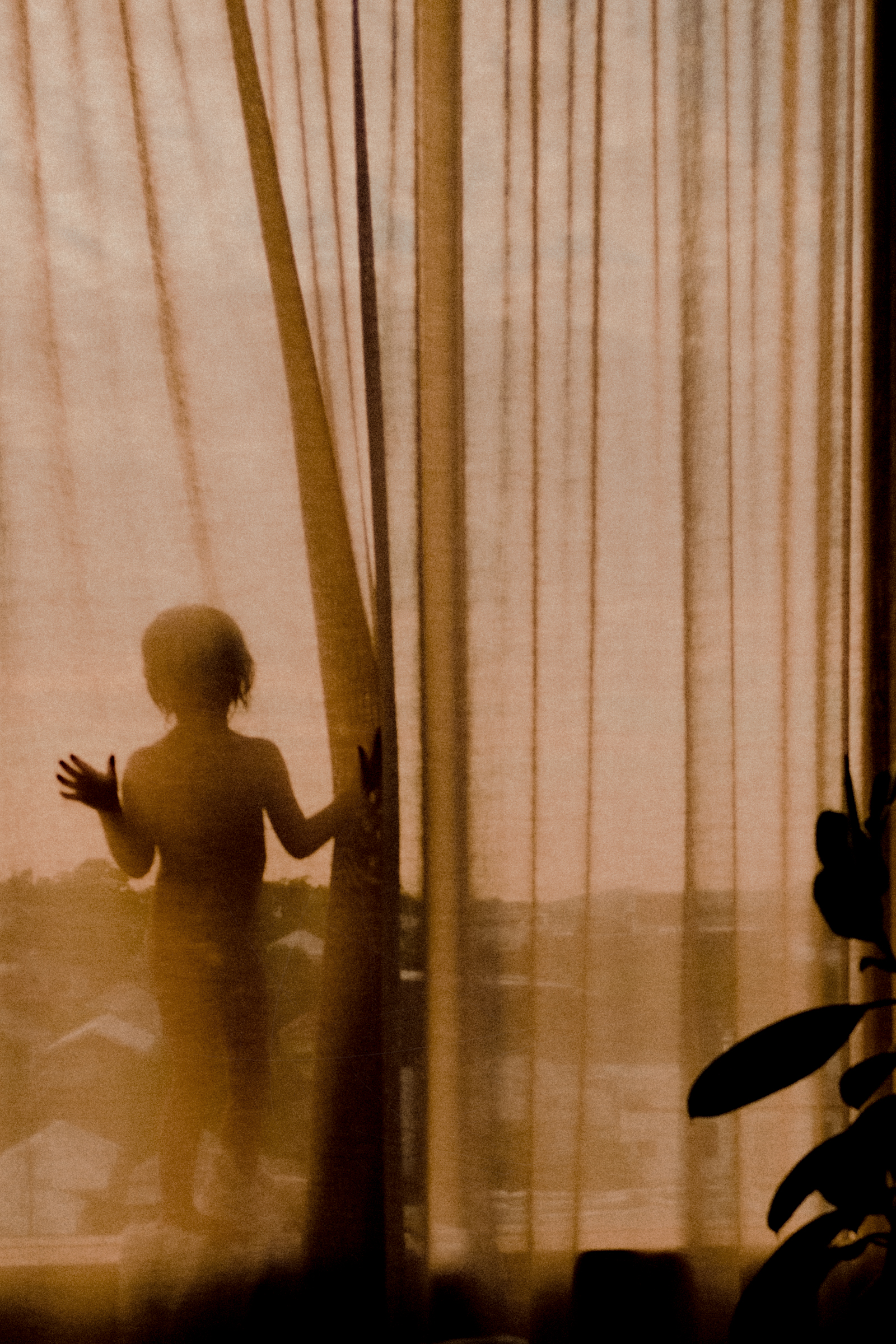
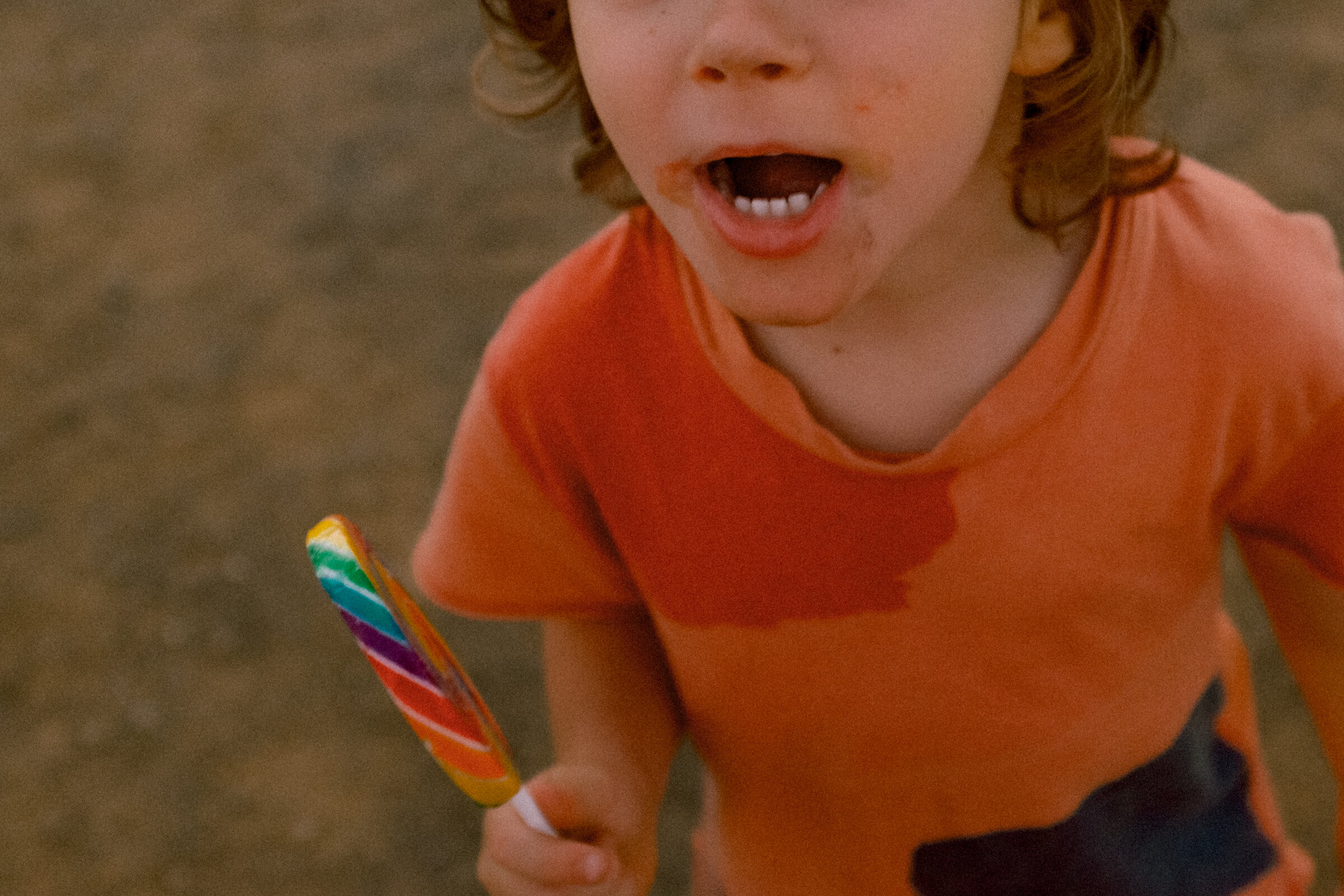




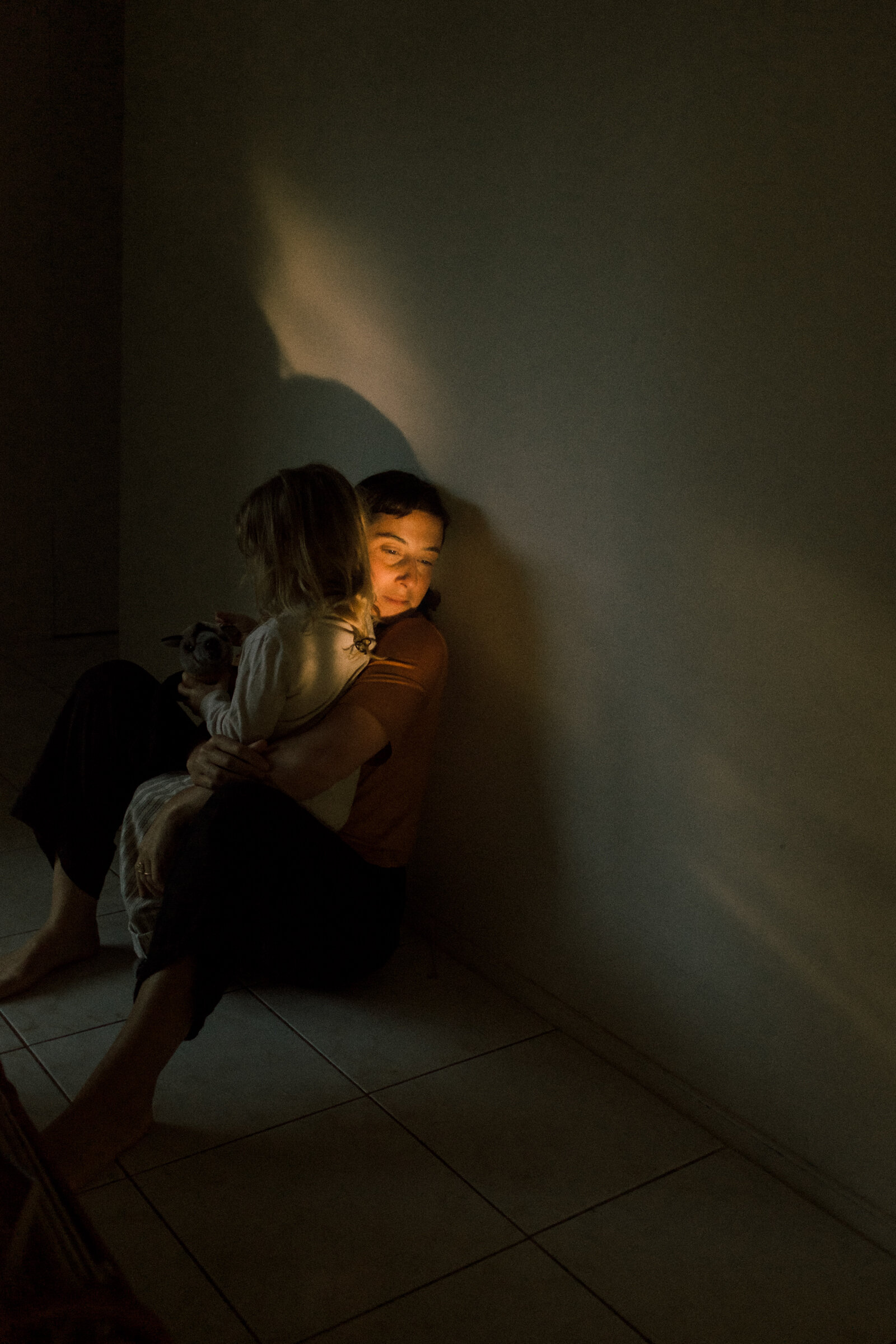

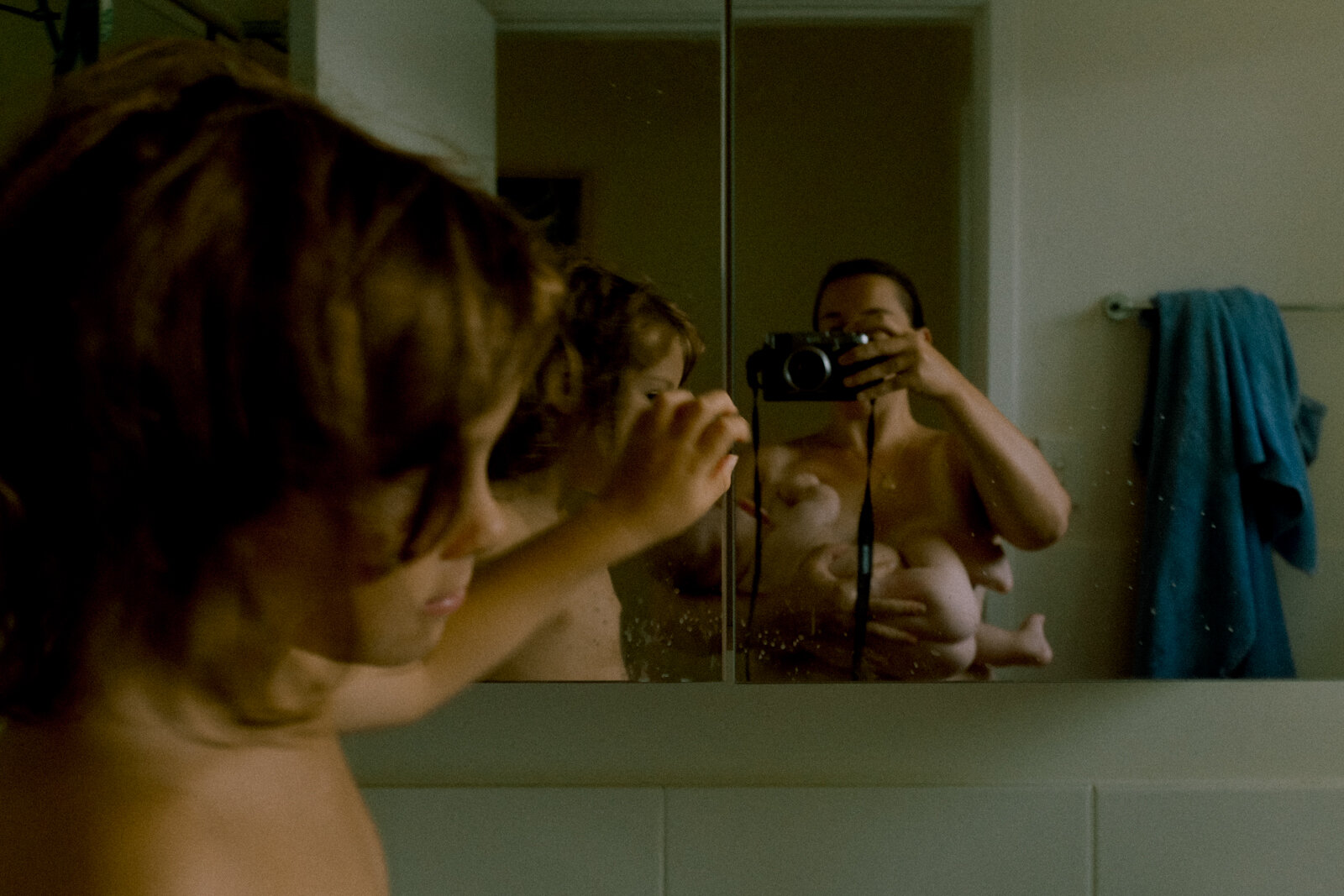




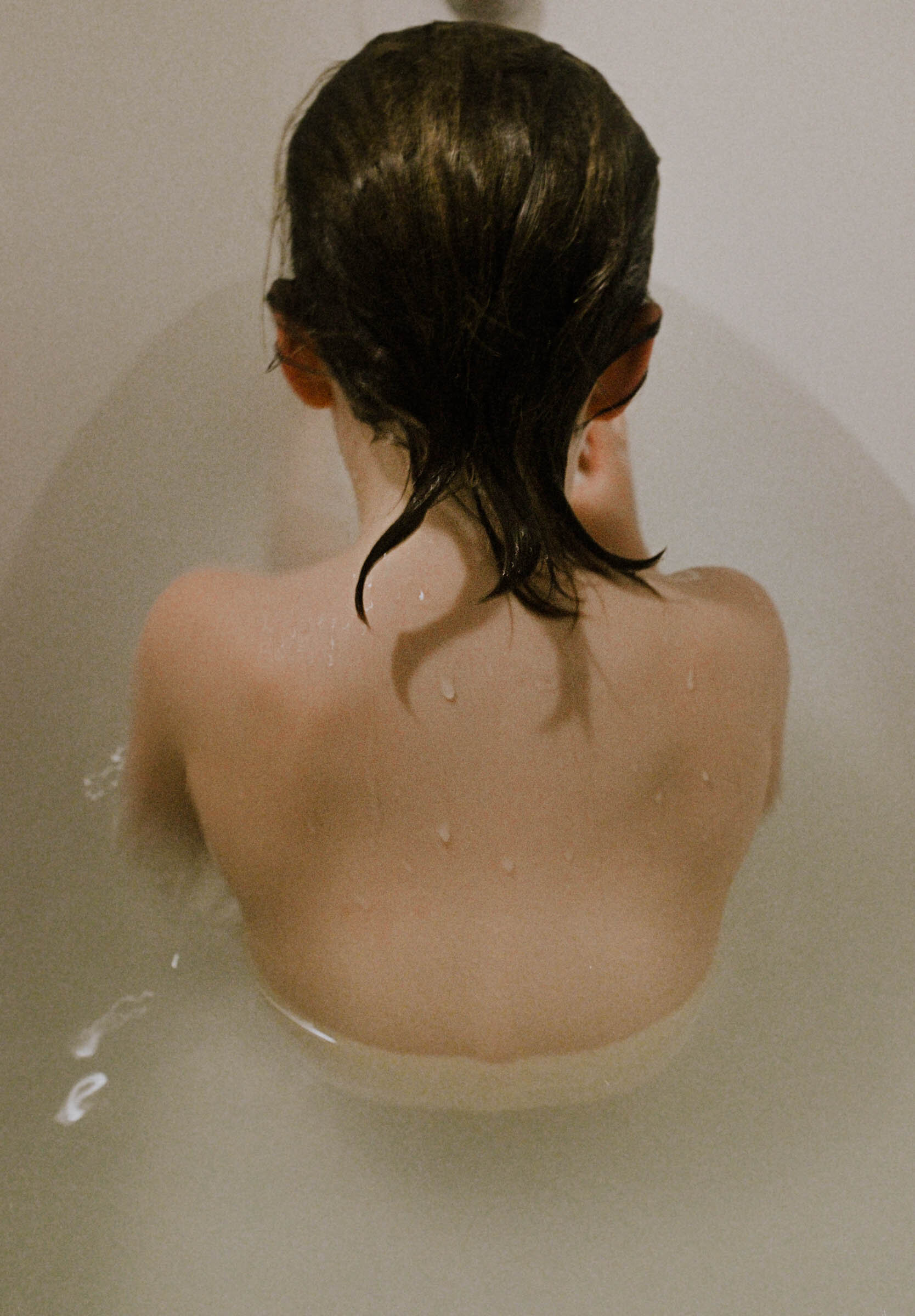
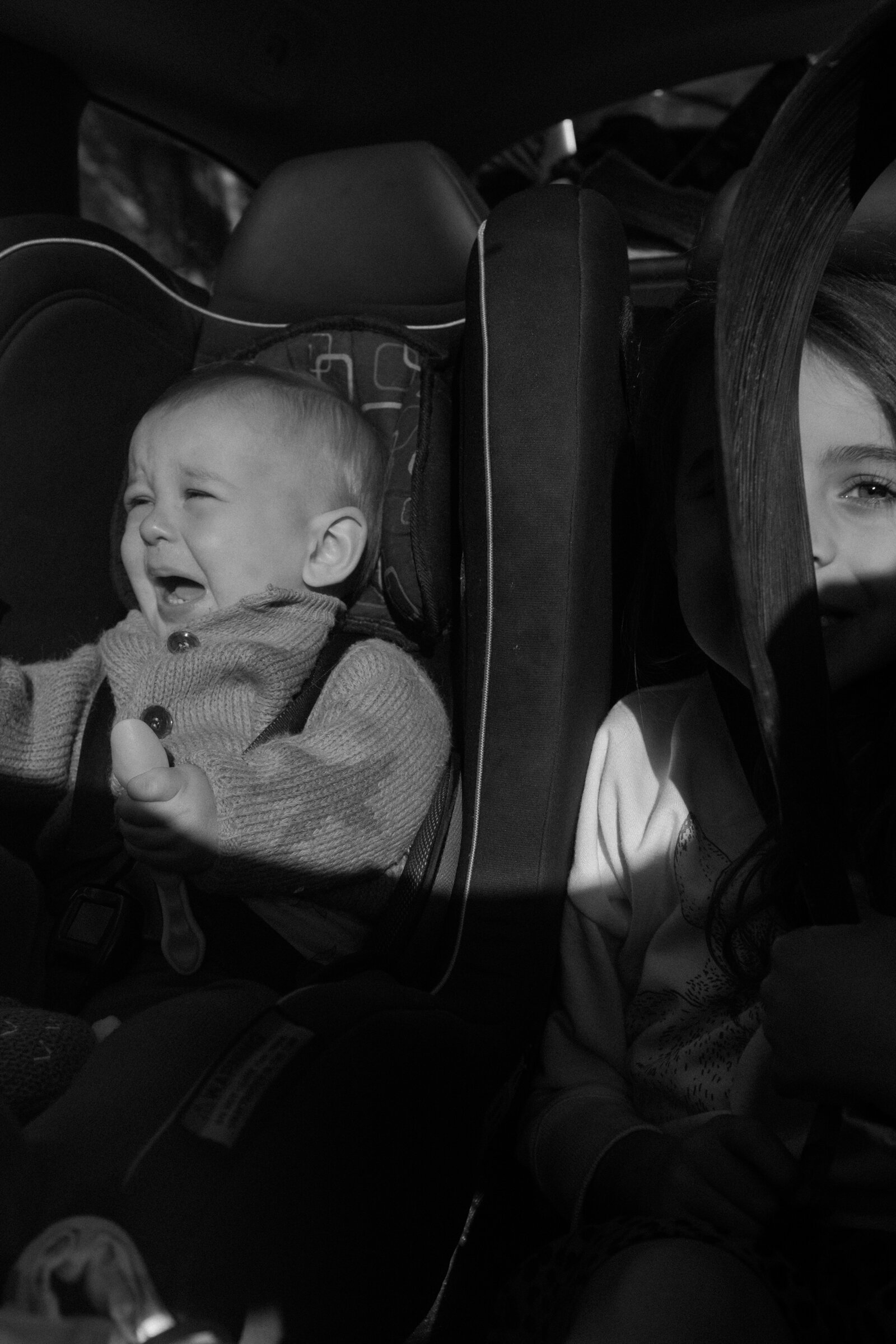

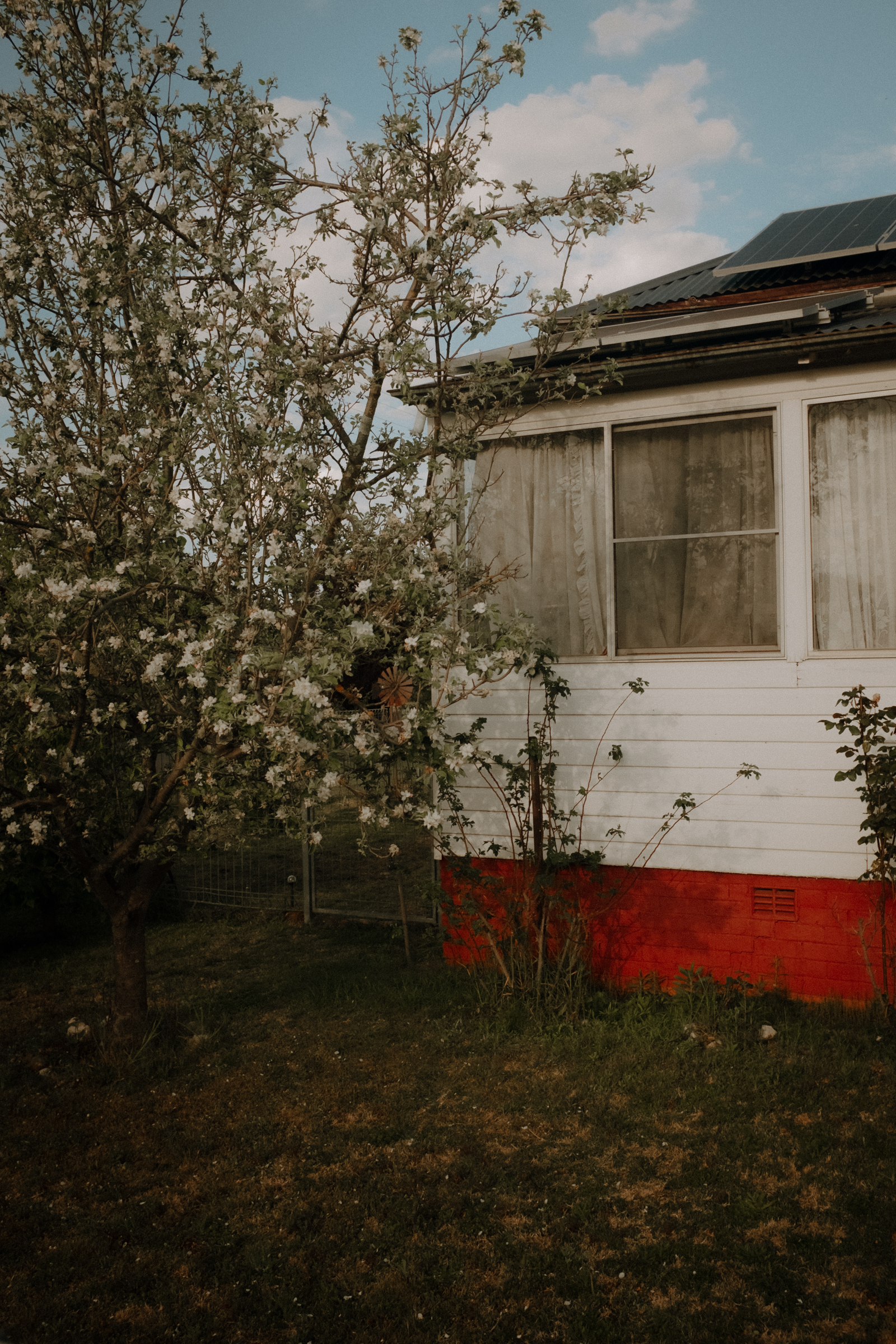
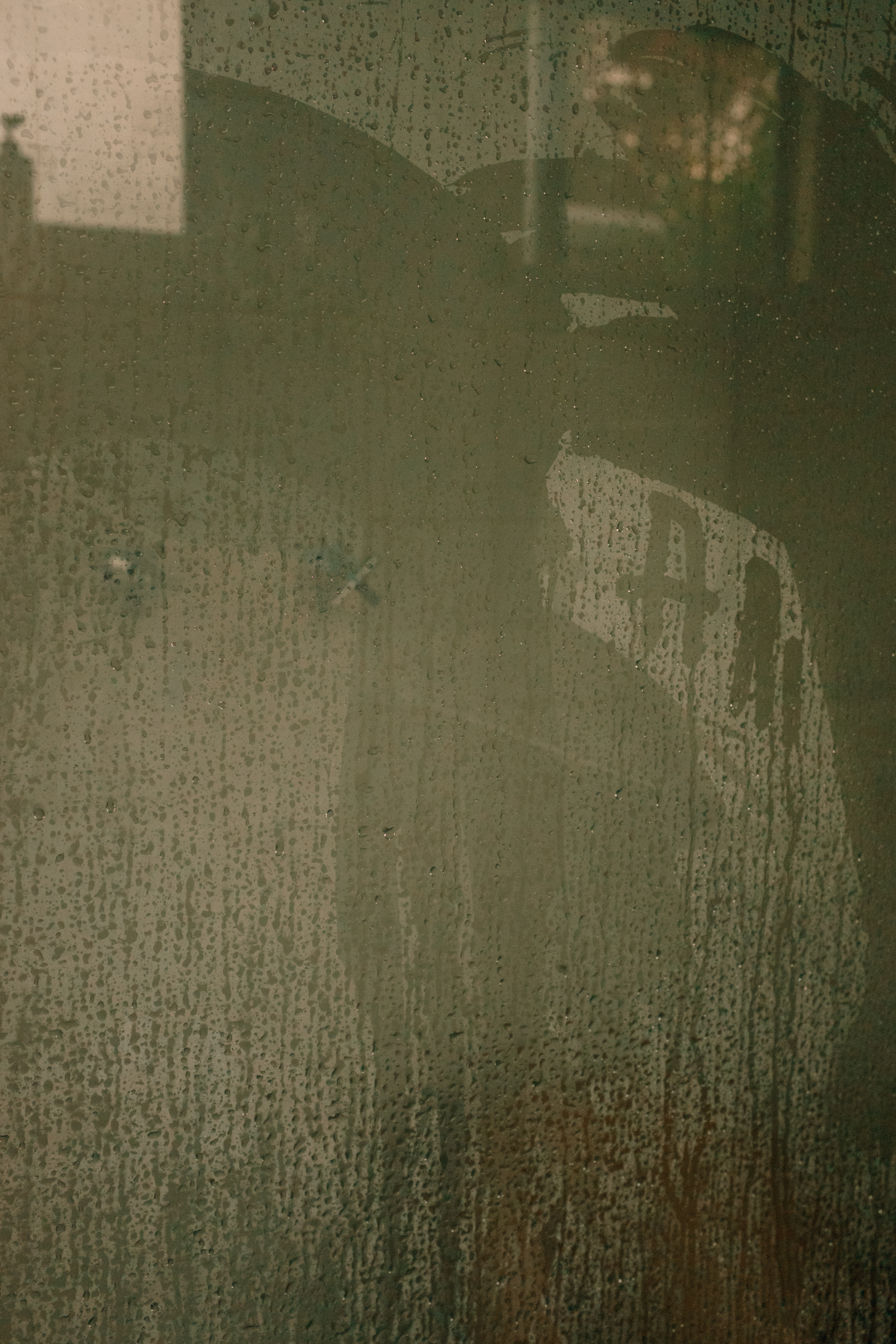



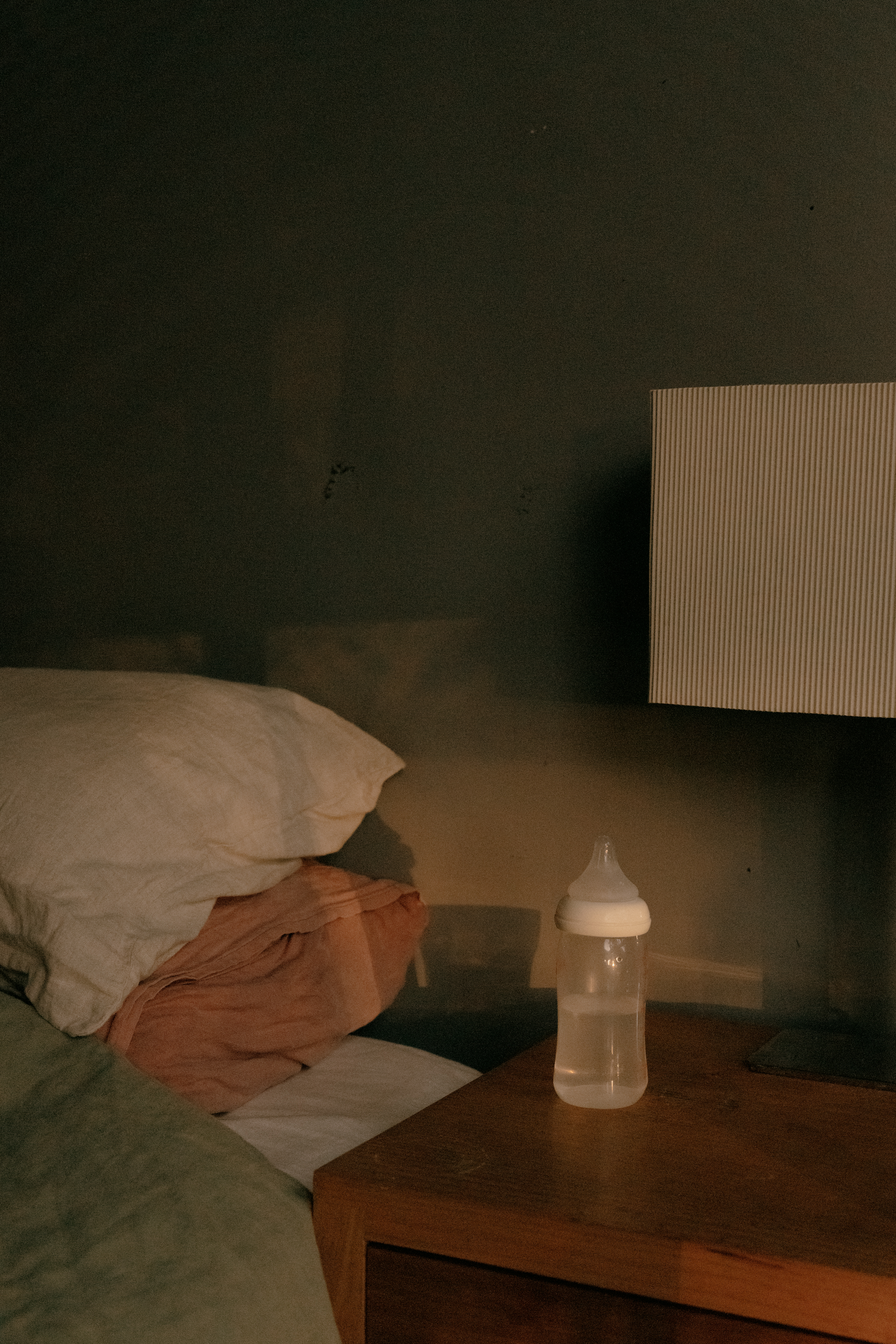

How long does a mother ‘carry’ a child?
As early as the second week of pregnancy there is a two-way transference of cells and DNA between the fetus and the mother. Cells containing DNA cross the placenta and enter into the mothers’ bloodstream, embedding in various organs including the heart, brain and lungs, where evidence has shown that they can remain for decades.
This phenomenon is called microchimerism, from the word ‘chimera’, referring to a mythical creature made up of the parts of different animals.
Mother, as chimera.
As early as the second week of pregnancy there is a two-way transference of cells and DNA between the fetus and the mother. Cells containing DNA cross the placenta and enter into the mothers’ bloodstream, embedding in various organs including the heart, brain and lungs, where evidence has shown that they can remain for decades.
This phenomenon is called microchimerism, from the word ‘chimera’, referring to a mythical creature made up of the parts of different animals.
Mother, as chimera.